When was the last time you went out without your phone? Modern consumers have an incredibly powerful tool in their pockets, and it is changing the way they interact with brands and businesses. Through their smartphone, customers can now enjoy easier and more streamlined interactions with attractions, benefitting from personalised deals and getting all the relevant information they need delivered to their fingertips.
There are also benefits for the attraction operators too. This improved communication with their guests allows them to target their marketing, engage visitors more deeply, and create brand loyalty.
But is there a danger that we’re all going to get tired of juggling multiple apps, toggling from one application to book our tickets to another one for our audio guide, and yet another to order refreshments or buy souvenirs? This trend risks turning from something that is supposed to streamline the experience into one that makes it more complicated than before.
Dapper Labs has come up with the answer: Chaperone, a comprehensive and advanced user engagement platform for brand experiences. Chaperone enables the brand owner, be it a theme park, museum, zoo, resort, aquarium, FEC, immersive art experience, experiential retail and entertainment complex, stadium or more, to develop extremely powerful, individualised engagement experiences for their audiences. In 2021, Chaperone won first place in the engagement category at blooloop’s Innovation Awards.
To find out more about the capabilities of this innovative new platform and how it can solve a range of problems for attractions, as well as enhancing guest engagement and increasing spend, we speak to Dapper Labs CEO Martin Howe and CSO/CPO Simon Turtle. We also chat with one of Chaperone’s value-added partners, Electrosonic, to find out why the capabilities of the platform are potentially endless.
The rise of the visitor app
In December 2022, Howe took part in a panel discussion on experiential technology at the blooloop Festival of Innovation, alongside Yiannis Cabolis of Electrosonic and Asa Kalama of Disney Imagineering. This provided an insight into future trends and a look at how people might use their phones to interact and engage with attractions in the future, in ways that haven't been imagined yet. However, as Howe points out, most people have already been using apps in their daily lives for some time:

“People have been using apps on their phones for so many aspects of their day-to-day lives for a decade or so, whether that is to interact with friends or to plan family activities. Then, the pandemic triggered a huge shift towards the use of apps for ordering products and services. That happened at the same time all around the world, and there's no going back from that position now.
“Consumers are comfortable with apps and expect to be able to use an app to do anything, from ordering food to planning their map route. So, they have an expectation of how to use them and how seamless and effortless the best apps are. People are also becoming increasingly familiar with scanning images or QR codes to find or launch an app.”
The benefits for attractions operators
So, attractions are providing apps because it is what visitors expect. However, there are some added benefits to the operators in meeting this expectation.

“One key benefit is that it allows for far better and more personalised services,” says Howe. “We believe that personalisation is an increasingly important feature of the user experience. It is going to transform the way people enjoy these experiences.
“ Personalisation is key, but so too is the human interface. We believe that having human touch points is an extremely important piece of experience, rather than moving towards a type of guest interaction that is robotic and fully automated. But wouldn't it be nice if we can empower those brand ambassadors, those people in front of the clients, with enough information about that person to further personalise their service?
“Another benefit comes in terms of operations. With all these tools at their fingertips, an attraction can dramatically optimise the utilisation of their venues by filling capacity. That means that people aren't waiting in long queues. People are being enticed to come to the venue at slower times with discounted offers. These can even be made dynamic offers with push notifications on the spot, to say that, for example, we're doing two-for-one in the theatre right now.
“Plus, we can do things like dynamic pricing. We can enable upselling and cross-selling, and we can send offers for future visits once they have returned home. It’s all about that holistic visitor journey, from pre-visit to post-visit.”
Meeting guest expectations
The fact that consumers are familiar with using apps has led to an expectation that the tech will work efficiently, too. For example, visitors expect that buying tickets for an attraction will be a seamless experience.
“Anything that isn’t a seamless experience will be a bit of a disappointment and frustration,” says Howe. “But the challenge for attractions is that what they offer is far more complex than a single transaction or single activity, and the services that are being offered are typically not joined up. Take audio guides. It's rare to find a good audio guide that is coupled with an integrated ticketing system, for example."
“So, what should the attraction do? Do they offer two apps, an app for ticketing and then an app for an audio media guide? And then what if they want to offer something else, like the ability to scan an image or an object to discover more, or to get personalised stories? Is that a third app? If they offer food and drink ordering, is that yet another different app? How many visitors are going to want to download or engage with or jump between multiple apps for one attraction?
“It just adds a barrier and a frustration to the experience.”
Introducing Chaperone
One solution to this problem could be to commission their own dedicated app.
“That’s certainly possible, but it’s also hugely expensive, risky and time-consuming, compared to subscribing to an app that has already been developed. And if an attraction does develop its own app, once it's been done, it's quite likely that it will need to adapt it and make some changes. And that will cost again. Or, you go to one or two apps and say ‘Okay, well we'll have both of these, but we'll have to find a way to convince people to jump from one to another during their visit.’ It's suboptimal.”
On the other hand, Chaperone is a solution that provides one seamless journey from door to door. It joins up all the user experience and engagement features that guests would want, for a fully integrated and seamless journey that is highly configurable and easy to change, either by the venue or by their creative partner.
“Essentially, it is a guest experience platform,” says Turtle. “We think of it very much as an experience platform delivered to a smart device.”
Early inspiration
To explain more about the inspiration behind Chaperone, Turtle talks about a project that Howe worked on with the Kravis Discovery Center in Tulsa, Oklahoma, US. This institution holds around 4000 artefacts, but most are not on display.
“The vast majority were tucked away in drawers. And even if you opened a drawer, it was not immediately obvious what you were looking at. Martin got involved with a project to bring these artefacts to life and to provide a methodology by which young visitors and schoolchildren could come in and learn about these items."
“This particular solution was delivered on tablets. The children would walk in, and undock a tablet, they would be assigned to a group, either the spider group, bear group or jaguar group, and then the tablet would lead them, basically chaperone them, around a personalised, age-specific tour, of the exhibition.
“That was a one-off. But then, during COVID, I started reading about this project. I thought, why couldn’t we make it available more widely and to a bigger audience? One thing that we all have in common is that most of us have a smartphone in our pocket, so we thought, why couldn’t we deliver this Chaperone system on a smart device and open up this kind of functionality for anyone to configure for their own venue?”
The rest, as they say, is history.
Just the start: Chaperone’s pre-built solutions
Chaperone is a powerful platform with extensive capability. To highlight just a few of the functions, the team has developed a range of pre-built solutions. These help to demonstrate its potential. Each of these solutions can be easily combined, adapted and extended so that users can build out a tailored set of features.
For example, one of these off-the-shelf solutions is Chaperone’s Audio & Media Guide:
“For many organisations, an audio guide is essential,” says Turtle. “Now, Chaperone is way more than an audio guide. However, if a client wants to just take that particular module, that’s no problem, we can deliver an audio guide. In fact, better still, we would say to them, why not make it a media guide? So, rather than limiting themselves to audio, they can bring in visual content as well.”
That can be the starting point, enabling users to appreciate the benefits of Chaperone. Because of its flexibility, they can then build on this to add more features.
“The next step might be to add another of our ready-to-go solutions, Scan-to-Discover. This allows visitors to scan an object or an artwork, or even a piece of writing and that will trigger content to be delivered to their device. When they scan an object, it knows where they are and can then deliver personalised content specific to that location.
“This can be downloaded at that moment in time. However, if you're in a hurry, you can also look at it afterwards. That is a big plus for a lot of museums and galleries, who want to engage with their audience beyond those four walls and bring them back for return visits.”
Smart Ticketing and more
The third of these pre-built solutions is Chaperone’s Smart Ticketing module. This allows visitors to purchase tickets and schedule their trips in advance, eliminating the need to wait in line. Smart Ticketing lets operators better manage attendance and income by decreasing wait times and improving visitors' experiences.
“Chaperone can be downloaded from the point that you order your tickets, before you even go near the venue,” says Turtle. “When you first access Chaperone, already you can start to learn a little bit about the experience. You can decide whether you're going to accept push notifications, and you can perhaps pre-order your coffee or your lunch. You can even define the time you want to arrive, so you don’t end up queuing."
“There are a lot of advantages for the visitor, and of course, it’s all done through one single interface. Chaperone is bringing all that functionality together in one platform. Then, you’ve got the merchandising side, and venues can add other interesting elements as well, which adds upselling opportunities. For example, if someone has shown an interest in a particular exhibition, you can feed them with information and gift ideas that relate to that, for a more personalised experience.”
These three modules give an idea of the kind of functionality that is available through Chaperone. Clients can choose one or mix and match and start to build their own bespoke platform from a vast array of additional functionality. With Chaperone’s Experience Builder, venues can adapt the journey themselves.
Value added partners
Chaperone is now on a mission to build a network of value-added partners, in order to bolster its capabilities and its range.
“Dapper Labs is now ready to scale its offering via its partner network,” explains Turtle. “We have an amazing and disruptive product offering. Establishing a network of specialist partners broadens our reach considerably. It also means that we can match and combine skill sets. By partnering up and collaborating, we bring a lot of extra value for the customer.”
One such partner is Electrosonic, a leading international experiential technology services company. To find out a little more about the value that these two companies bring to each other, we speak to Ryan Poe, director of technology solutions at Electrosonic.

On the topic of visitor apps, and the benefits they can bring, Poe says that apps are one of the key drivers of personalisation:
“It can be difficult to create a personalised experience on a shared device. For instance, if you have a video display and everybody's looking at it, it can be hard to personalise that. But an app that's running typically on an individual’s device makes it easier to deliver that kind of personalised experience, and then also to extend the experience beyond the venue.
“At Electrosonic, we've been thinking a lot about the extended experience; what happens before you arrive and after you leave. Apps can follow the guest home so that the experience can continue in between the physical visits to the space.”
The benefits of good partners
The firm is methodical when it comes to evaluating and onboarding new partners. Poe says it saw Chaperone as a unique value proposition, one that fills some areas in Electrosonic’s solutions portfolio:
“The big thing is that Chaperone allows you to quickly develop a mobile experience for a client and then it also provides a platform to manage and update that experience. We also have a complimentary philosophy around how connected data can elevate the guest experience. All those things made it a natural fit. Because of that, we could accelerate our evaluation process and were able to form a partnership fairly quickly.”
As a technology consultant and integrator, Electrosonic relies on products from its trusted partners to be able to deliver its solutions.
“We couldn't do that without our partners,” says Poe. “So, having a strong relationship between us and those organisations is beneficial for us on several levels. It also helps our partners out too, when they go to market. Especially as we're able to bring multiple technologies together. Having partners versus suppliers allows us to be a little more focused on where we put our efforts.
“Within our partnership programme, we have a lot of activities that provide mutual value. We do internal webinars for our team and joint marketing activities. We do regular business reviews and collaboration and innovation sessions, which all help the partnership to grow and strengthen.
“When it comes to Chaperone, many of our clients are interested in having an app or in delivering a good mobile experience to their guests. We've always had some knowledge around that and have been able to provide some guidance. But now, having a well-thought-out established platform to back that up, we can make that part of our portfolio.”
Just the beginning
“In some ways, we've barely scratched the surface,” adds Poe. “We're still at what I would call the one plus one equals two stage, where we can combine forces and provide additional value to our clients. But then we can start to add exponential value through our collaboration together.
There's a lot of potential that we're probably not even fully aware of. It goes beyond a transactional relationship, where we're just doing business together. I would go as far as to say we're inspiring each other on a regular basis."
“We have ongoing conversations between our teams where we're really talking about the what-ifs in the space. It's refreshing to have those discussions. I think it furthers innovation on both sides, both independently and in terms of what we can do together.”
Where might Chaperone work?
The flexibility of the platform means it has uses right across the attractions industry, and even beyond, from museums and cultural attractions to theme parks and FECs.
“Essentially, Chaperone doesn't care who's using it or why - the functionality is generic,” says Howe. “So, in many ways, Chaperone works for every kind of attraction, or organisation, you can imagine, anywhere.”
One example would be the museum and heritage sector:
“Museums have a huge number of stories to tell, and Chaperone is very, very good at telling stories. Its architecture is based around scenes, so, for instance, a scene could be a gallery or entrance lobby. Each scene has a storytelling architecture to it, and a creative company will be able to storyboard out the visitor journey for that space. Chaperone easily maps the visitor journey to tell stories and deliver content. And it also can personalise that content according to user preferences. For instance, their age, their specified interests, and whether they are a family group."
“With the Scan to Discover function, guests can just point their phone at an image or object, and it will immediately present them with more information about it, and even an entire story or new user journey too.”
A question that the team gets asked often is whether this app-based interaction detracts from the in-person museum experience.
“Museums say to us: ‘We don't want people to walk around looking at their phone all the time.’ And we wholeheartedly agree. In fact, there's a simple feature we offer where the phone won’t display anything. You get a blank screen that simply says enjoy the experience. Museums quite extensively and thoughtfully curate that user journey, so when they're in the gallery they want people to enjoy that opportunity. Yes, the app can help them understand, but it can also encourage them to enjoy the moment and come back to their phone later.”
FECs, museums and more
Family entertainment centres are another sector that the team is targeting:
“We can offer features like gamification - you can use Chaperone to interface with the technology within the attraction. So, for example, your bowling score would be integrated into your total venue score. That could then be carried across to a completely different piece of technology within that space. Maybe karting or arcade games, for instance. Your score can accumulate during that visit. So, you could accumulate loyalty points and compete with your friends, and post to social media.”
Chaperone could also be suitable for mixed-used venues, like arenas and live events spaces, integrating with queuing systems and more.
“Chaperone can also change its look and feel and everything about it, according to what's happening at that point in time. To the visitor, it might look like a completely different app. Say they are at a race course. When they're there during the day they can access all of the features you'd have for the horse racing event. But then if they go in the evening when the venue is hosting a concert, the whole app is then configured for that event, without that visitor having to download it again.
“Effectively, it means that every visitor has a highly personalised single user interface that is dynamically configured for them. We designed Chaperone from the perspective of the user, because we wanted to create something that enabled a brilliant user experience.”
Getting started with Chaperone
Instead of proving a slide deck or a demonstration, the team will work with potential clients to build out a working example tailored to their needs.
“That’s one of the key benefits of Chaperone," explains Howe. "It makes it very easy to build and configure apps, because that's what we built it to do. The only work that is needed is deciding what the user journey looks like, and then creating content for it."
“What we tend to do is offer up one or two sections and say: 'Let's look at this part of the user journey – what can we help you with?’ That can happen very quickly. So, rather than sending you a PowerPoint, we'll send you your app. That’s become a valuable selling process because it gets them thinking about what they really want, it gets them to understand the processes, and at the end, they've got a working app rather than a set of mock-ups or wireframes.”
Charlotte Coates is blooloop's editor. She is from Brighton, UK and previously worked as a librarian. She has a strong interest in arts, culture and information and graduated from the University of Sussex with a degree in English Literature. Charlotte can usually be found either with her head in a book or planning her next travel adventure.


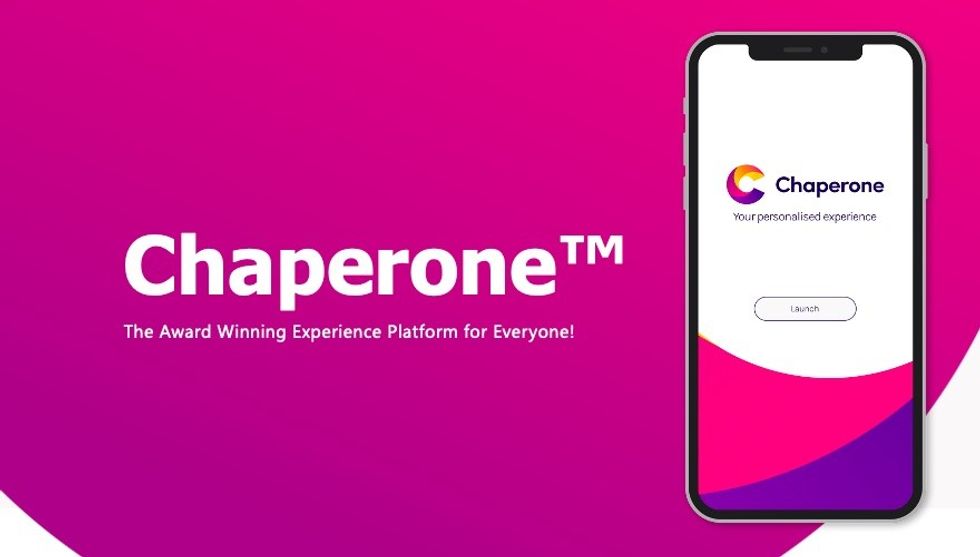
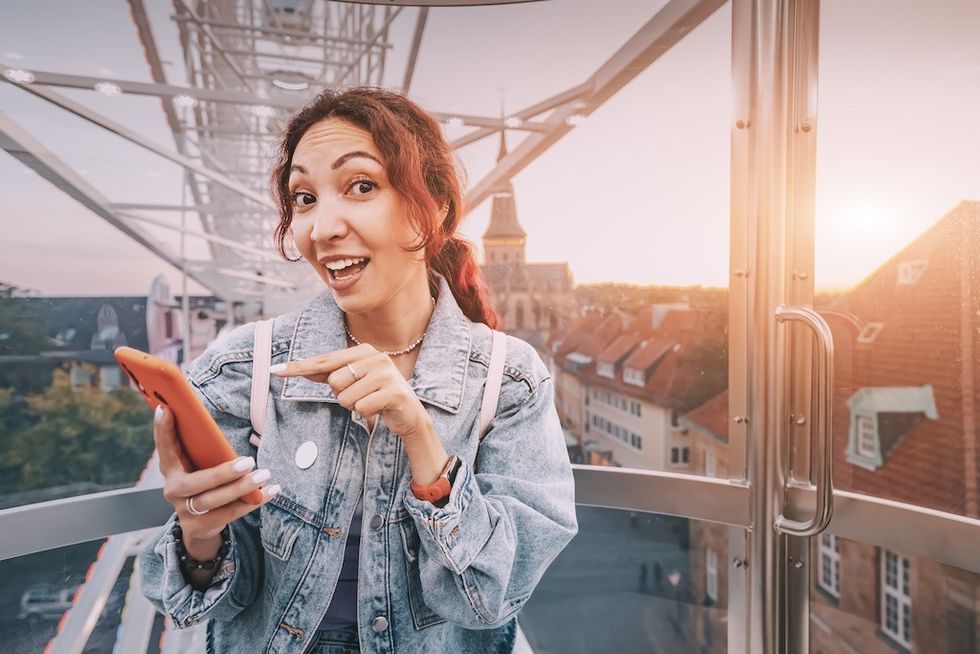
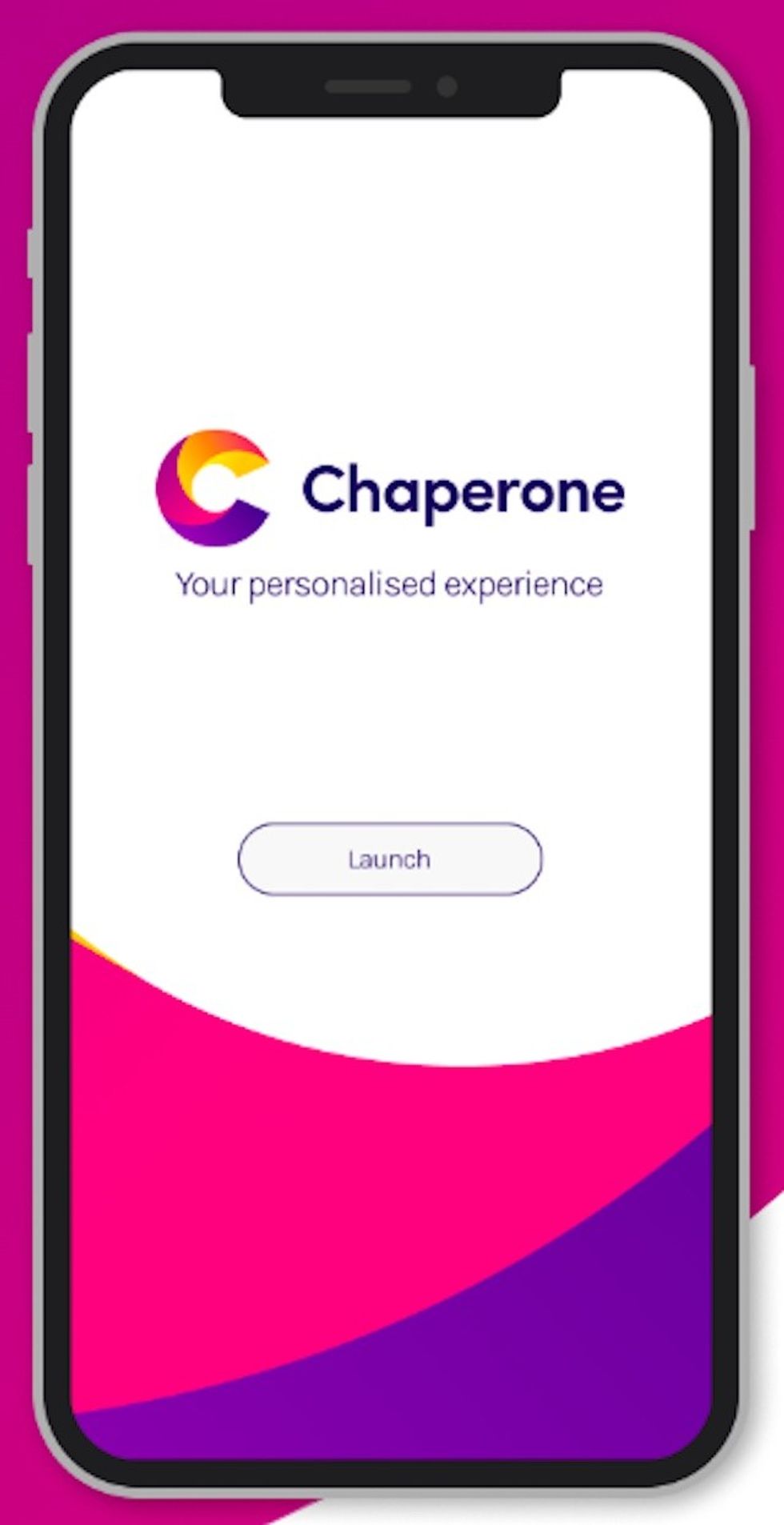
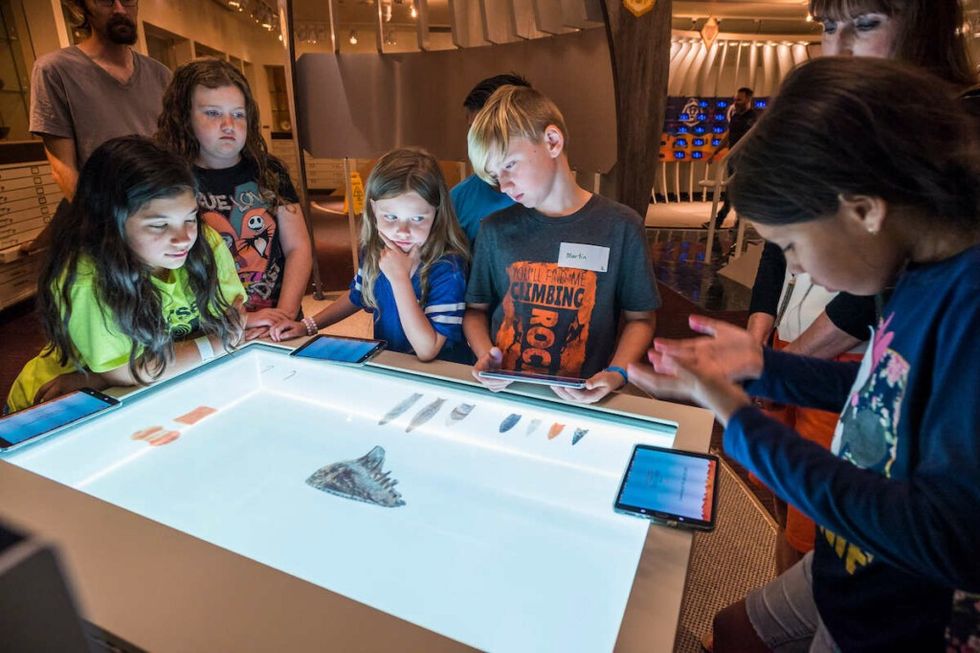
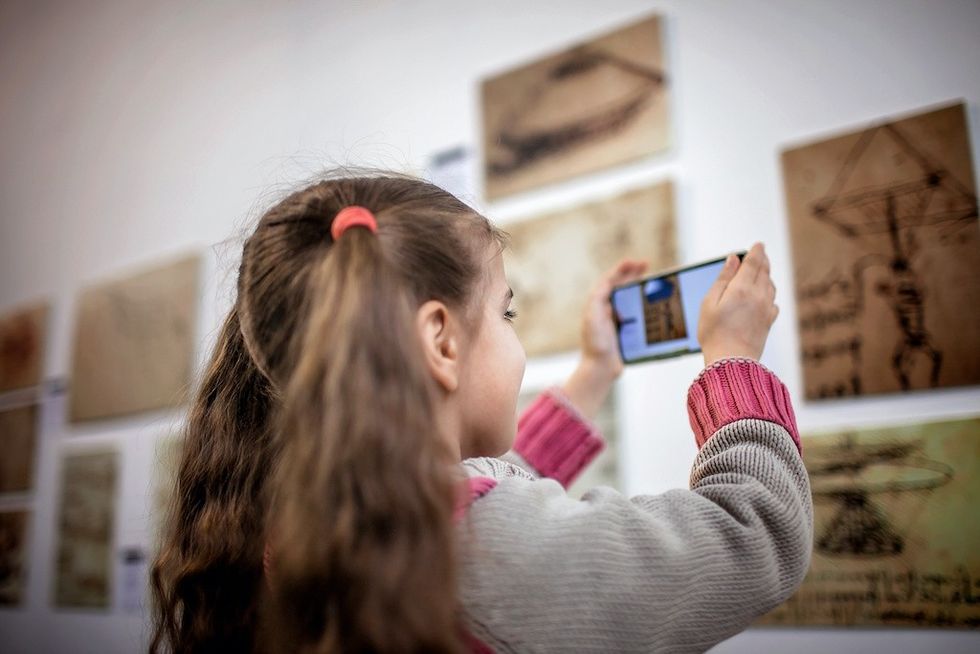
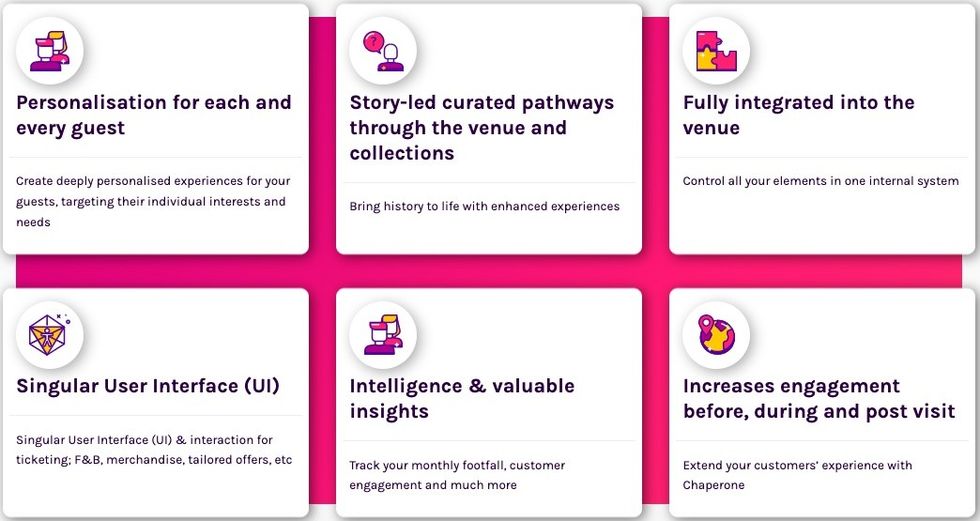
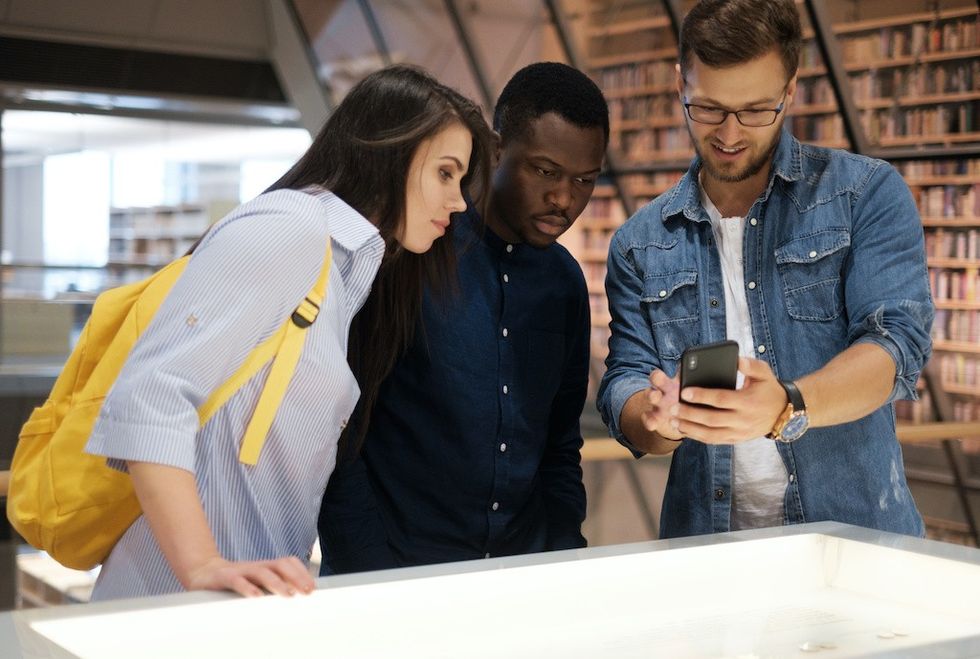

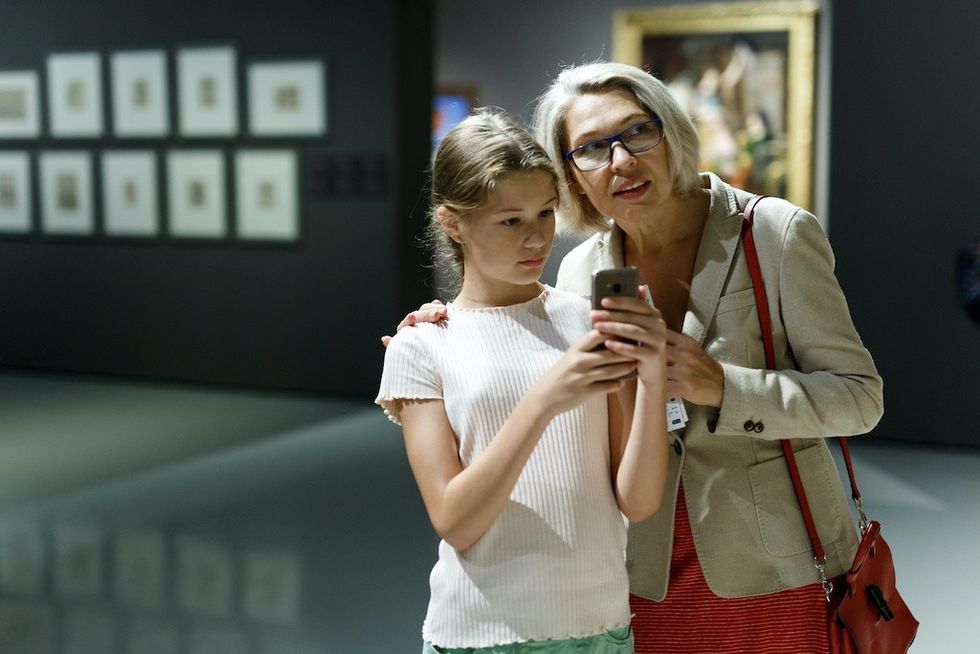
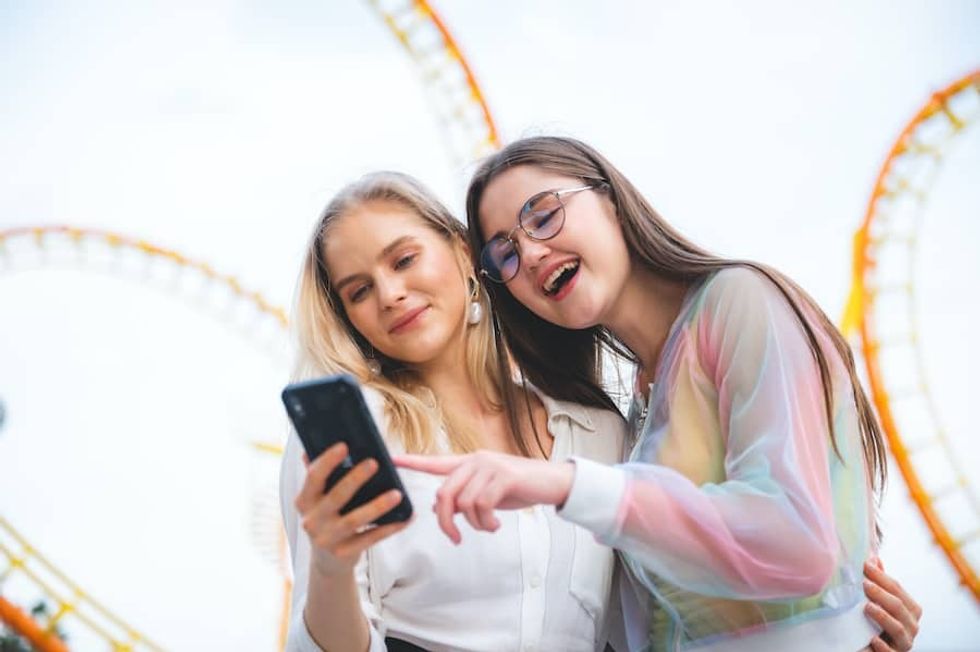



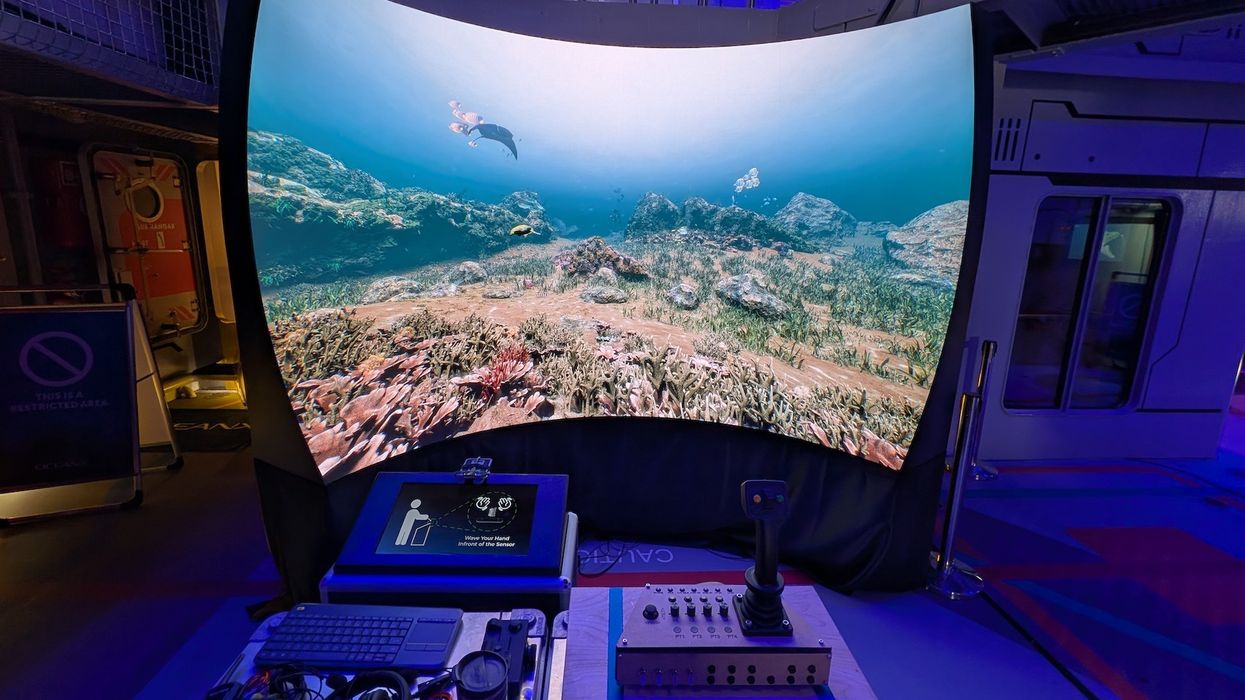

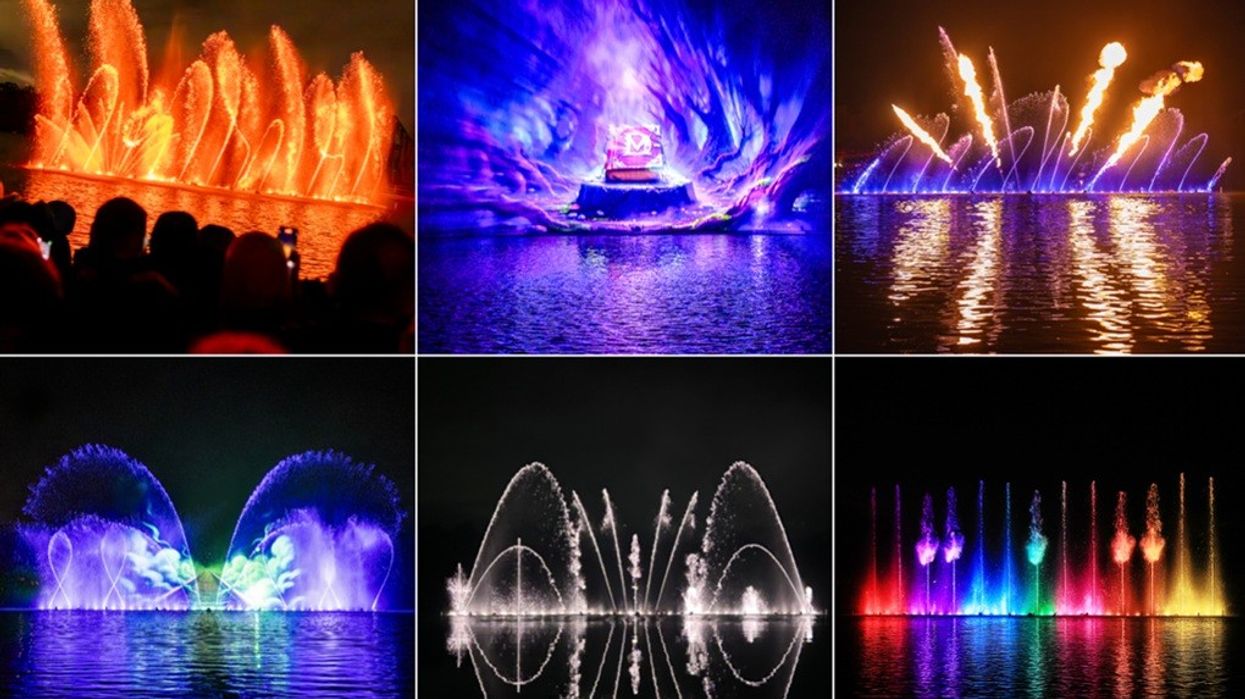

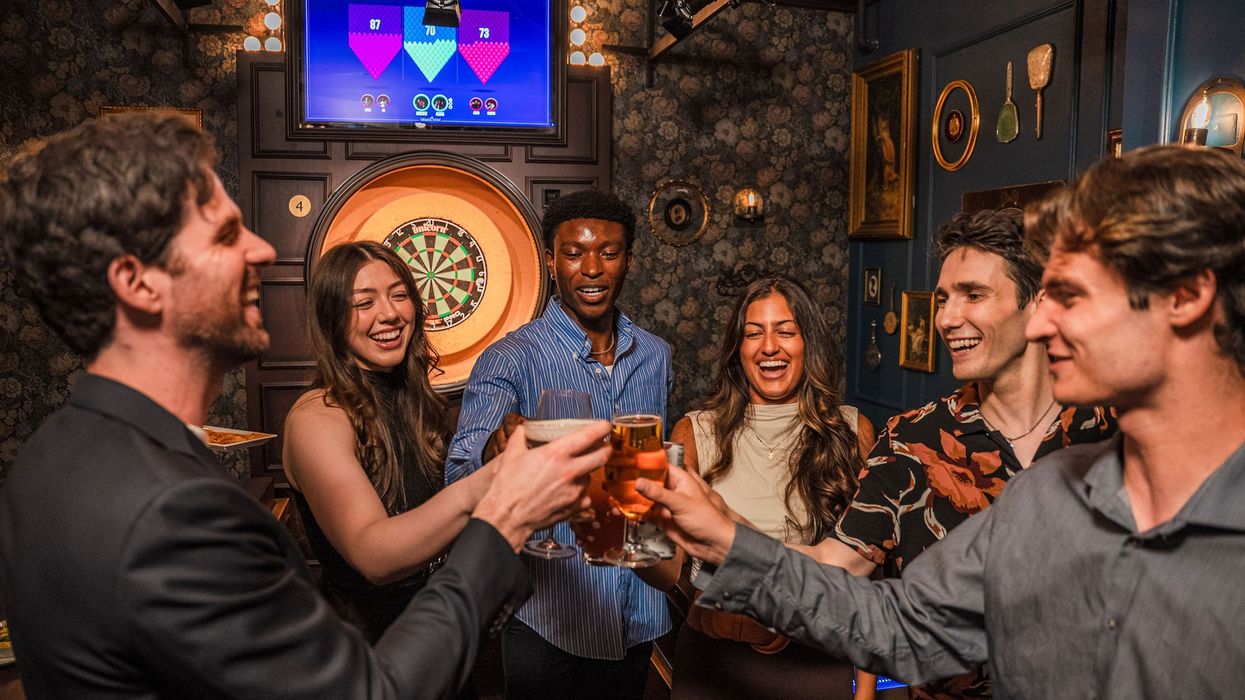
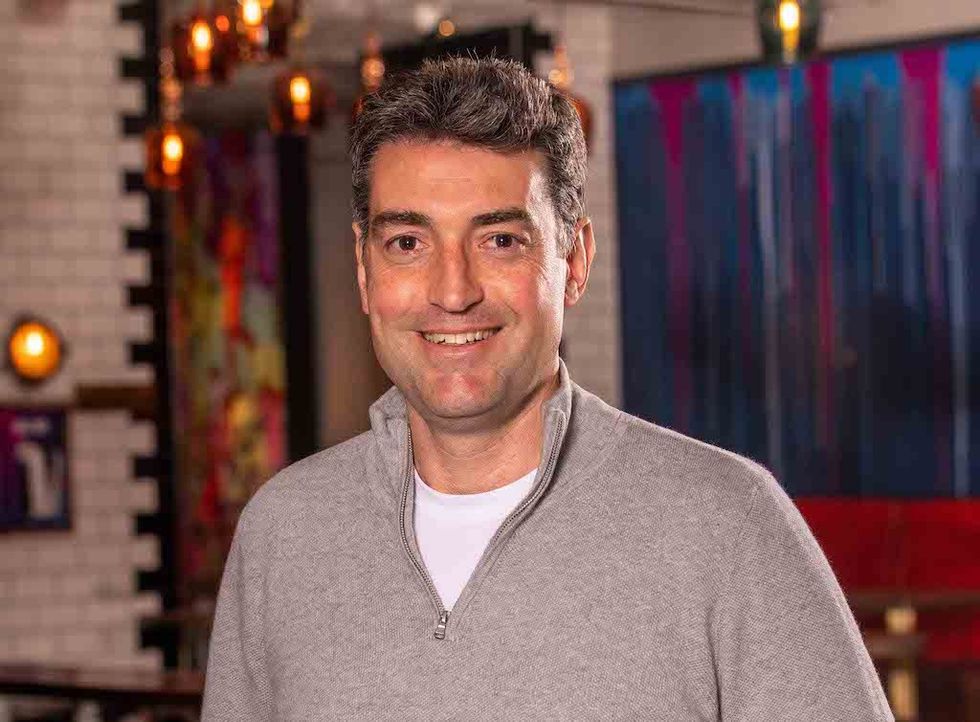 Toby Harris
Toby Harris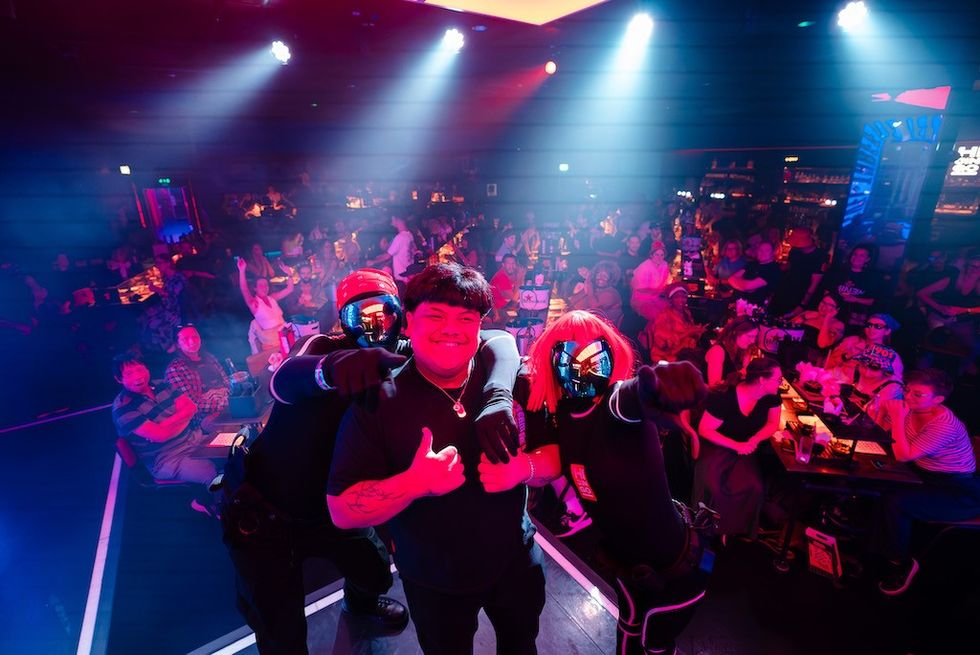 Hijingo
Hijingo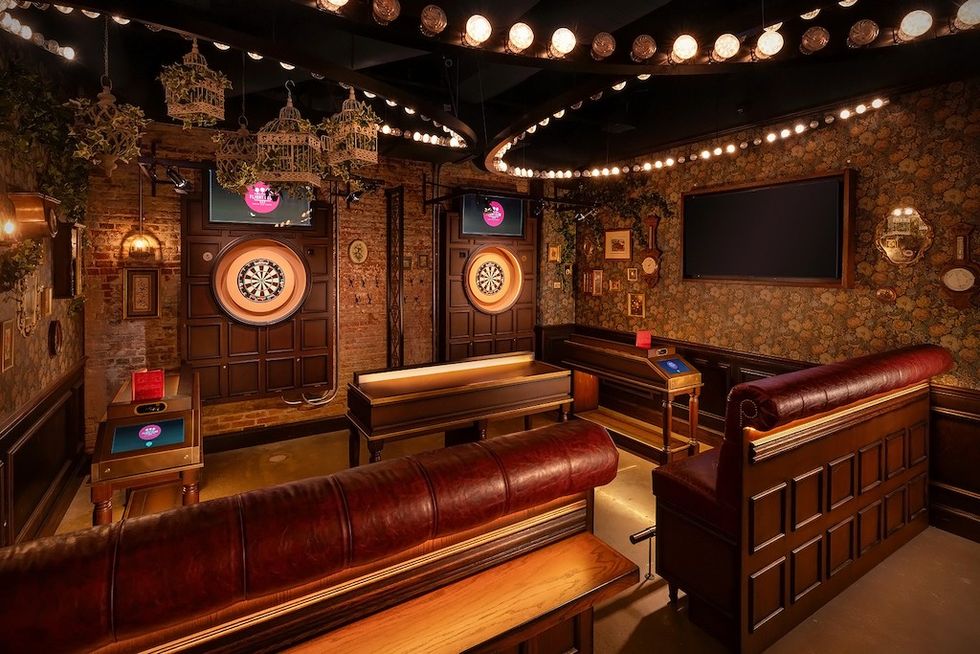 Flight Club, Washington D.C.
Flight Club, Washington D.C.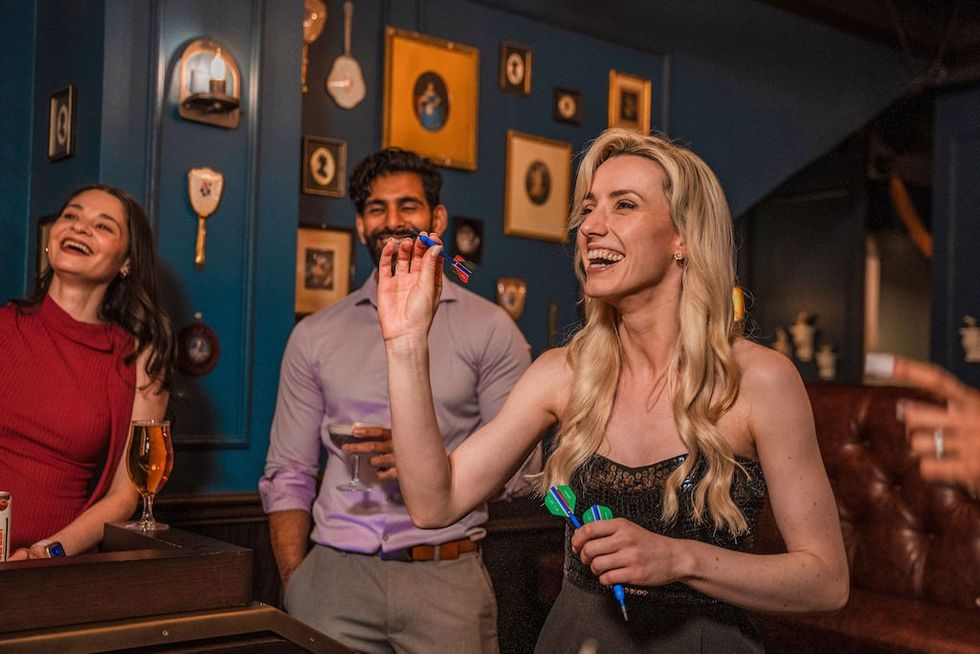
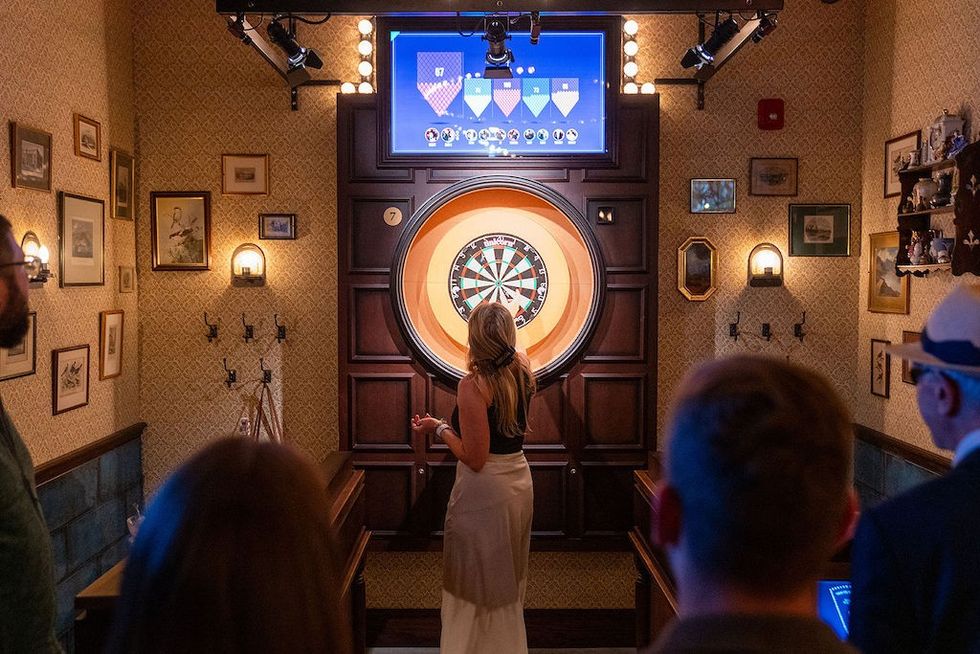 Flight Club Philadelphia
Flight Club Philadelphia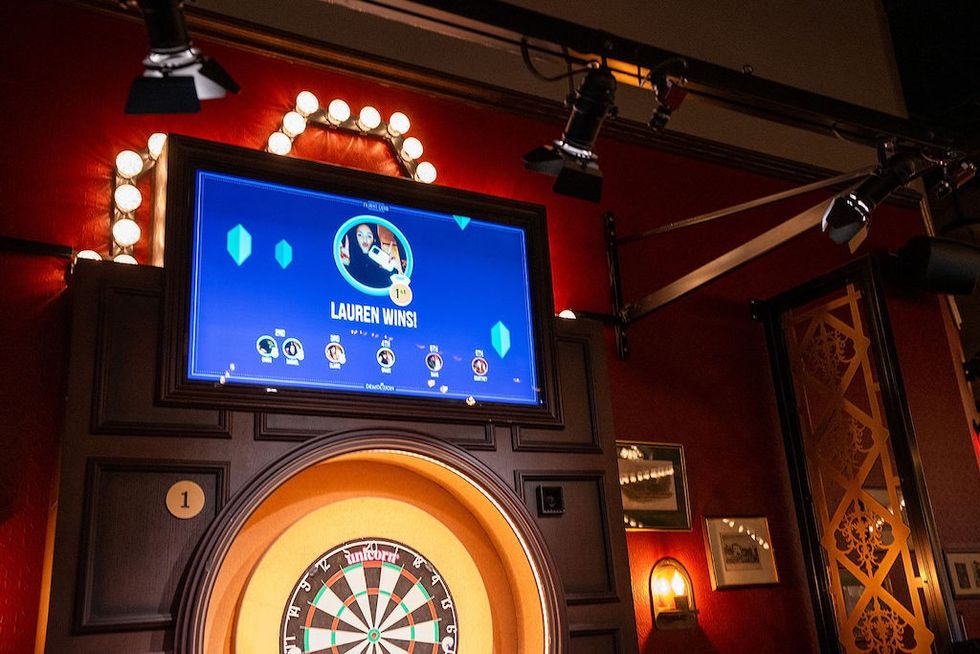 Flight Club Philadelphia
Flight Club Philadelphia Bounce
Bounce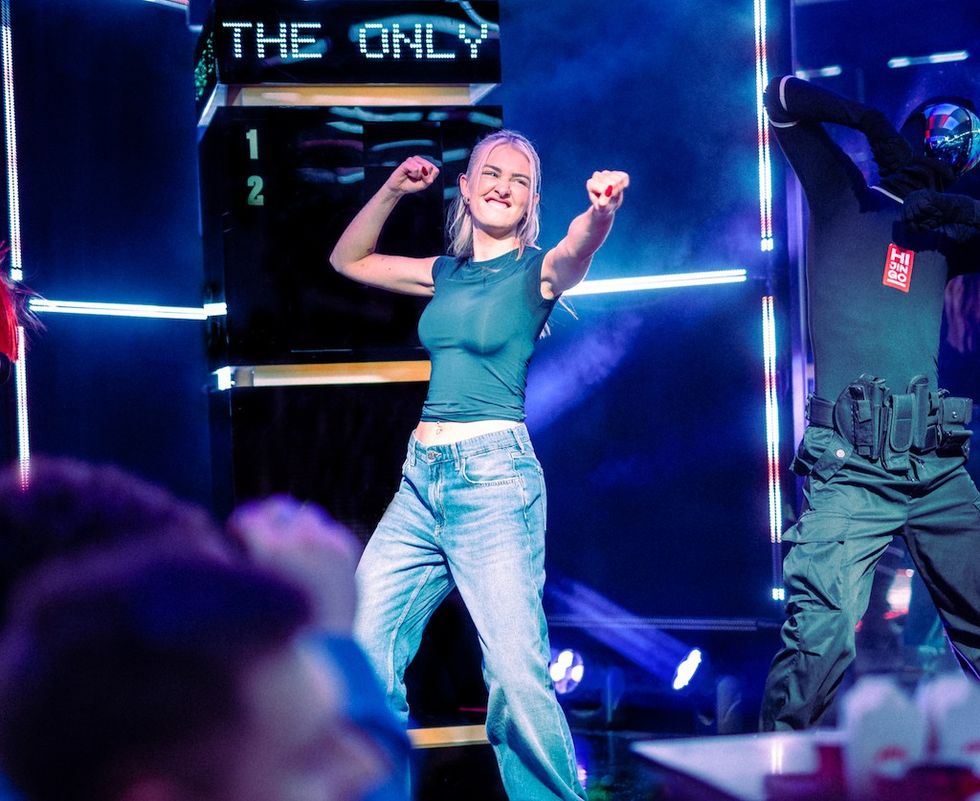 Hijingo
Hijingo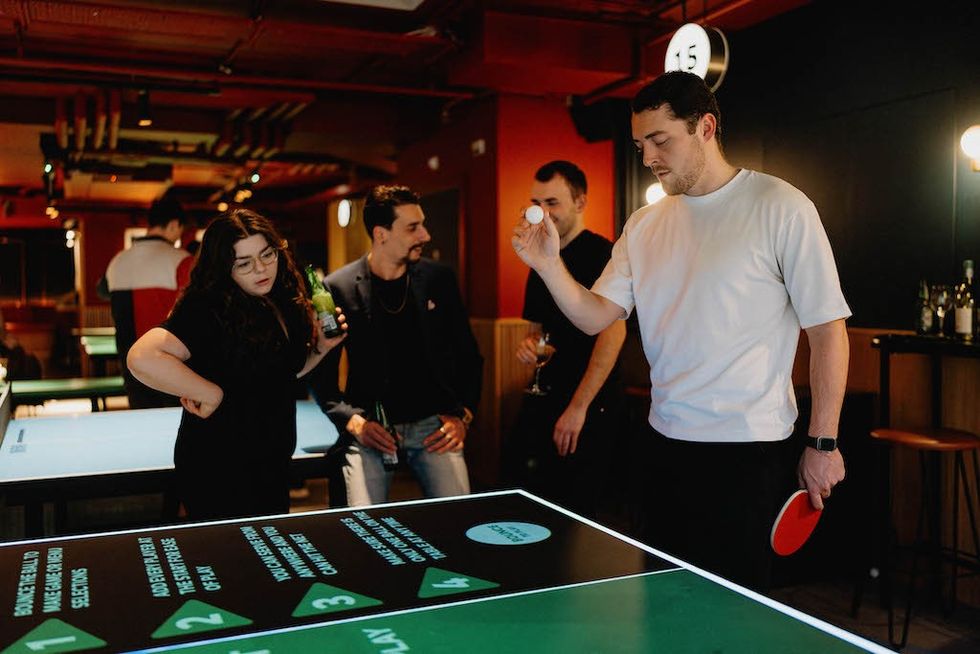 Bounce
Bounce
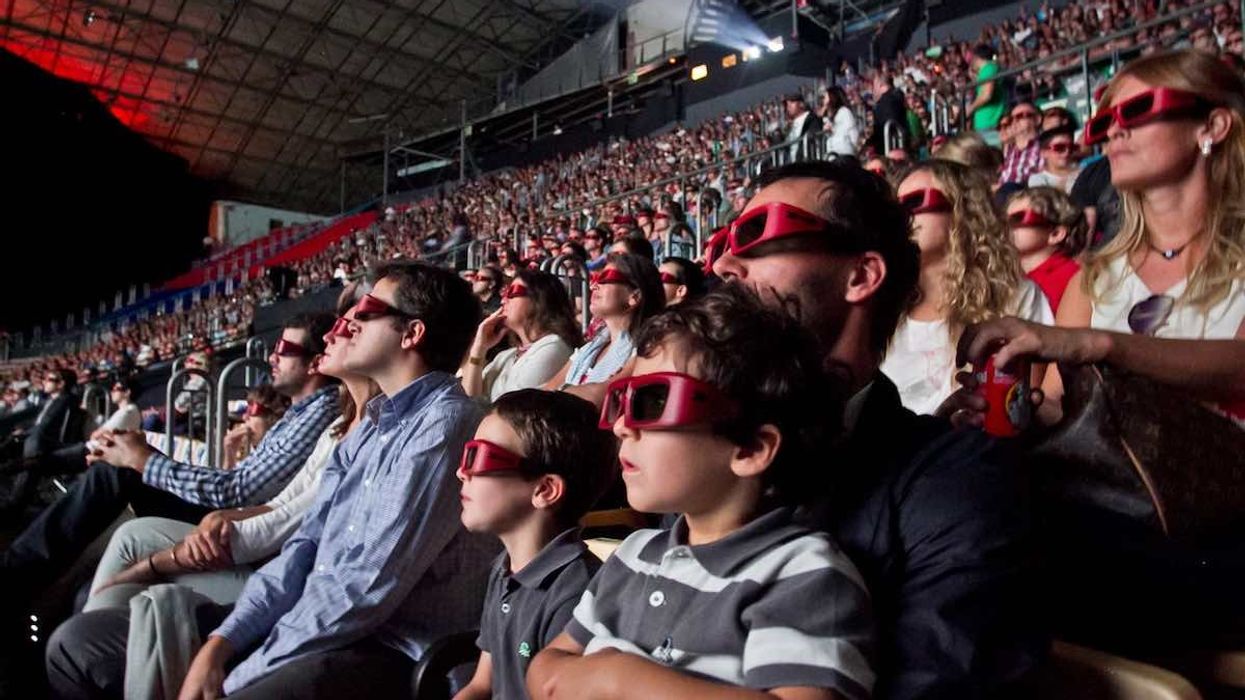

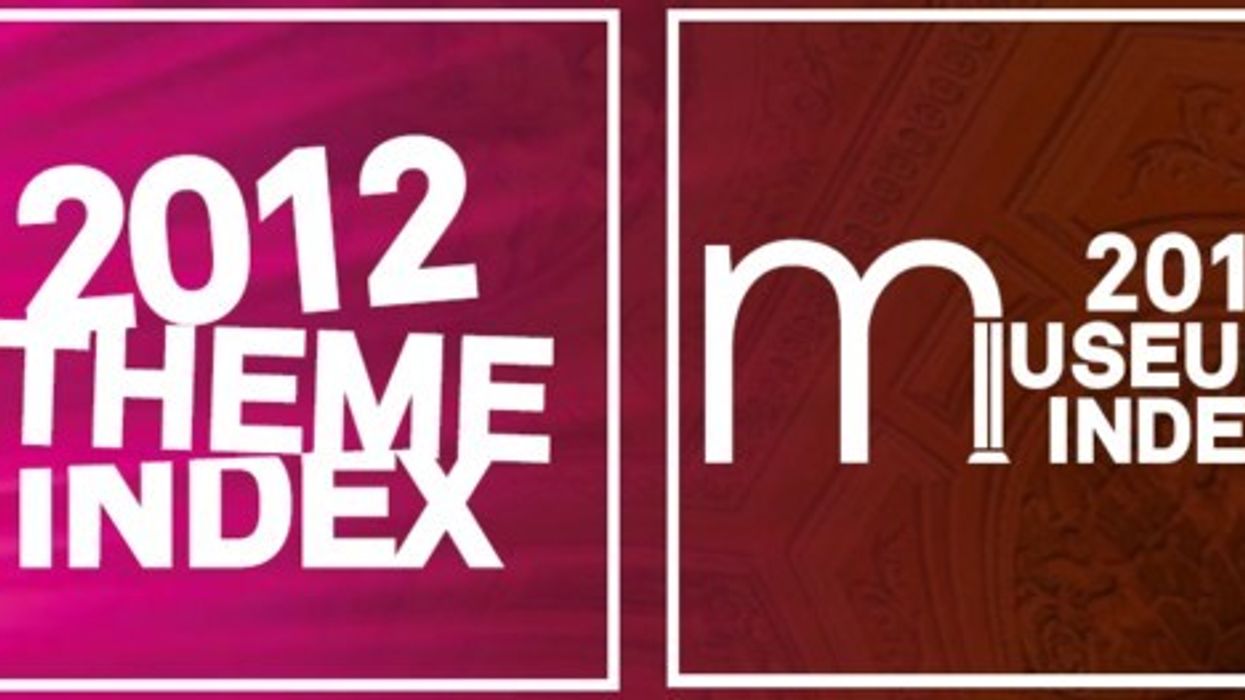

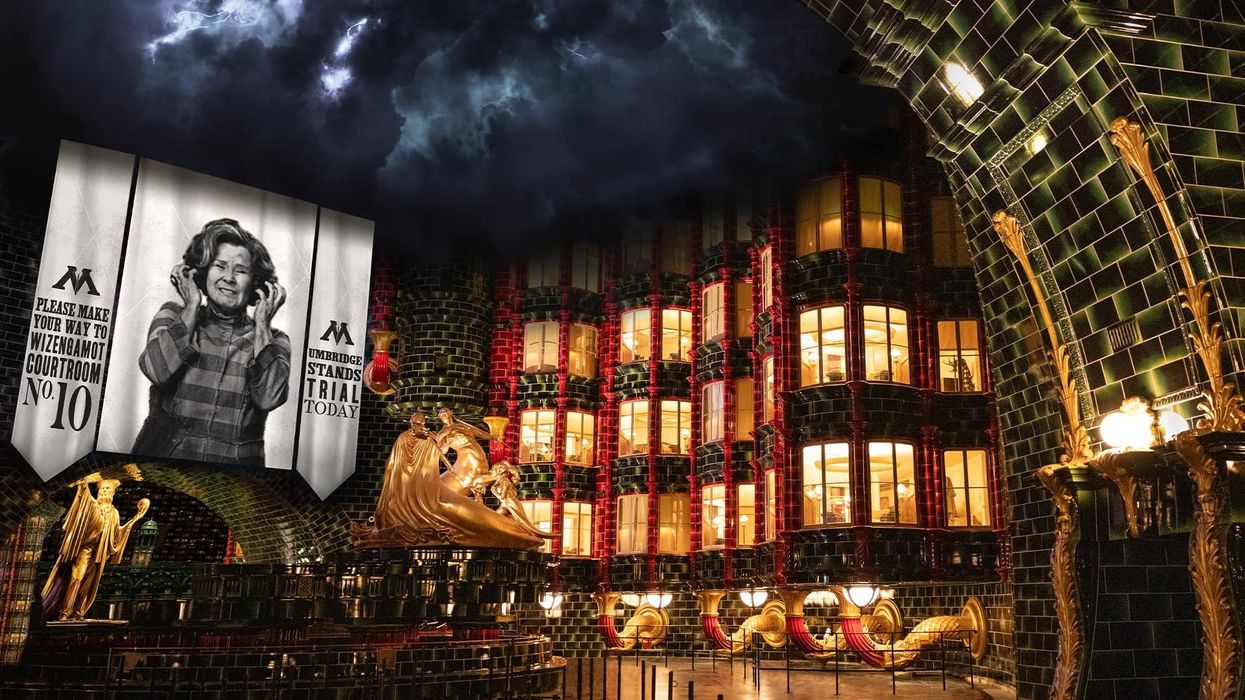
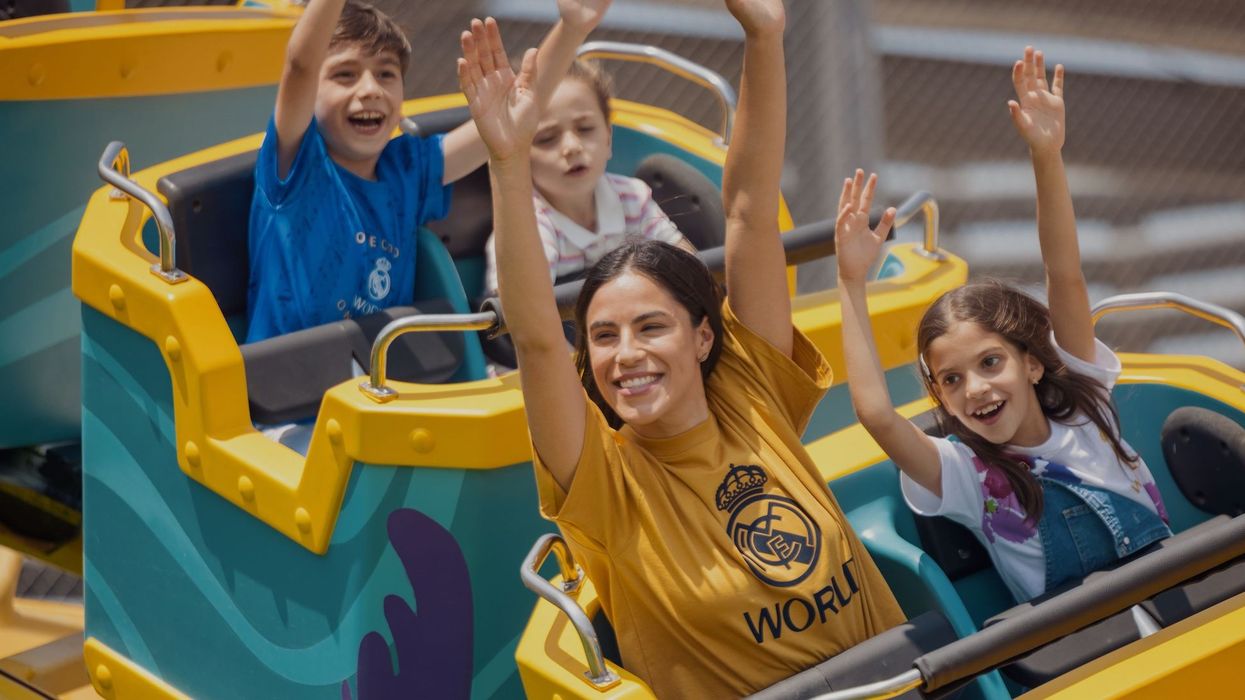
 Fernando Eiroa
Fernando Eiroa
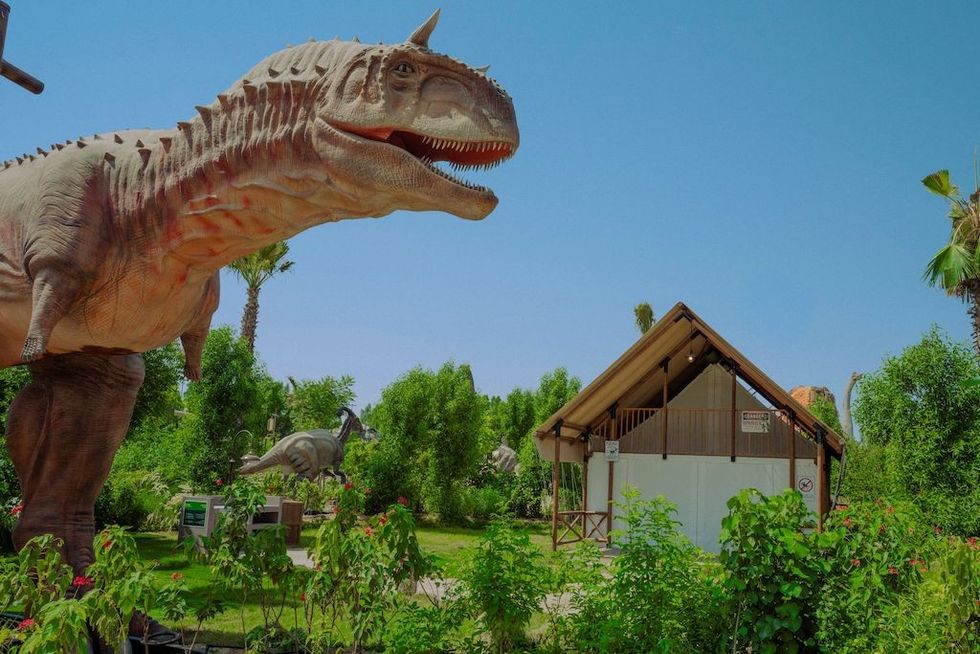

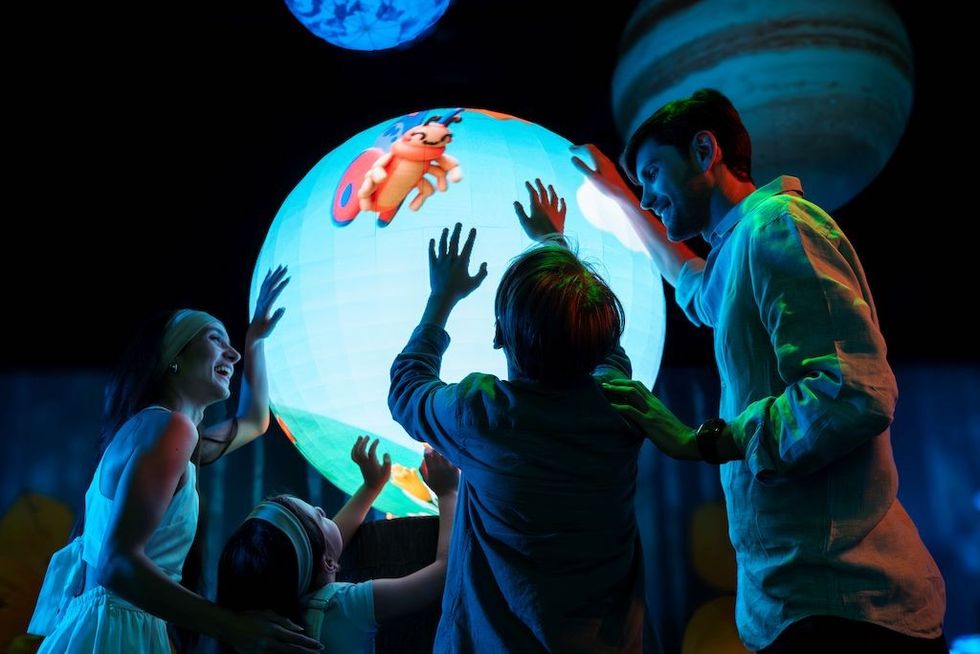



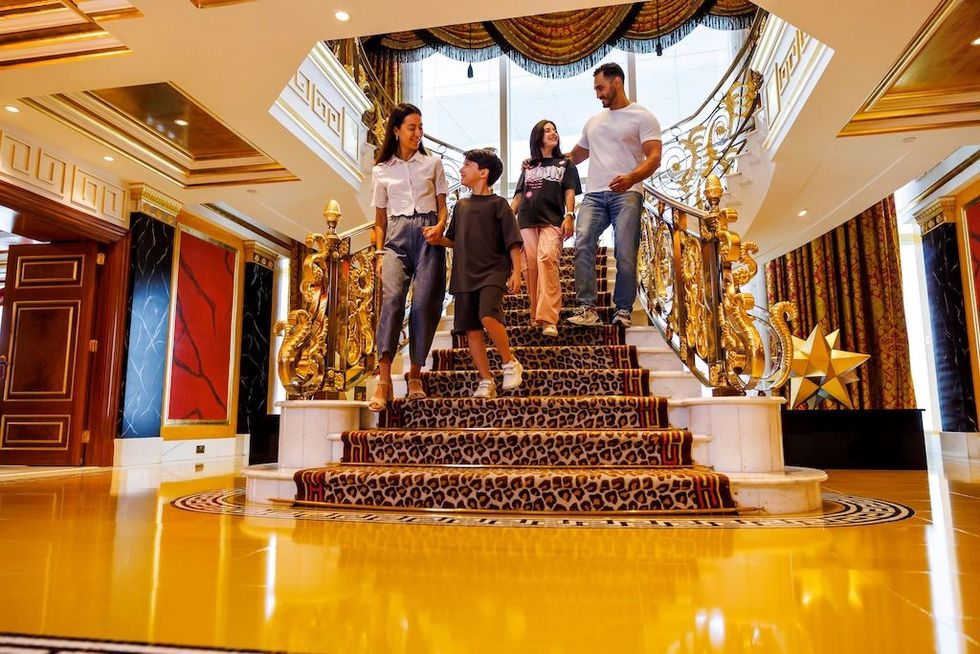

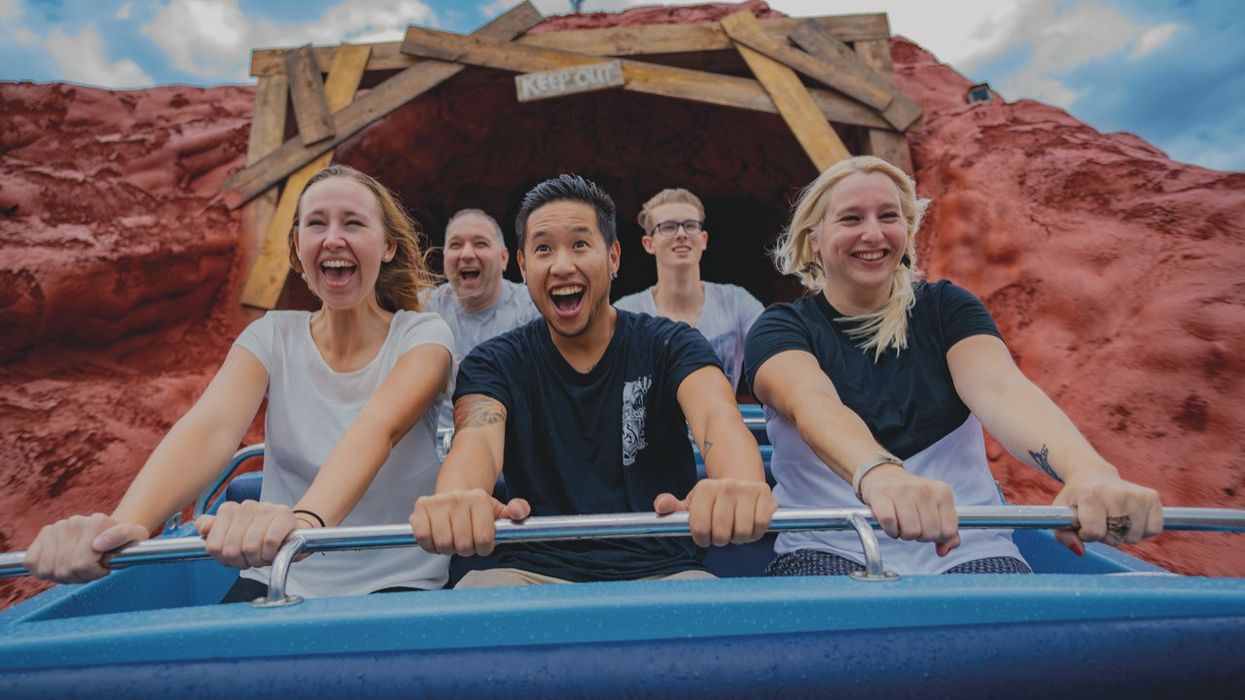

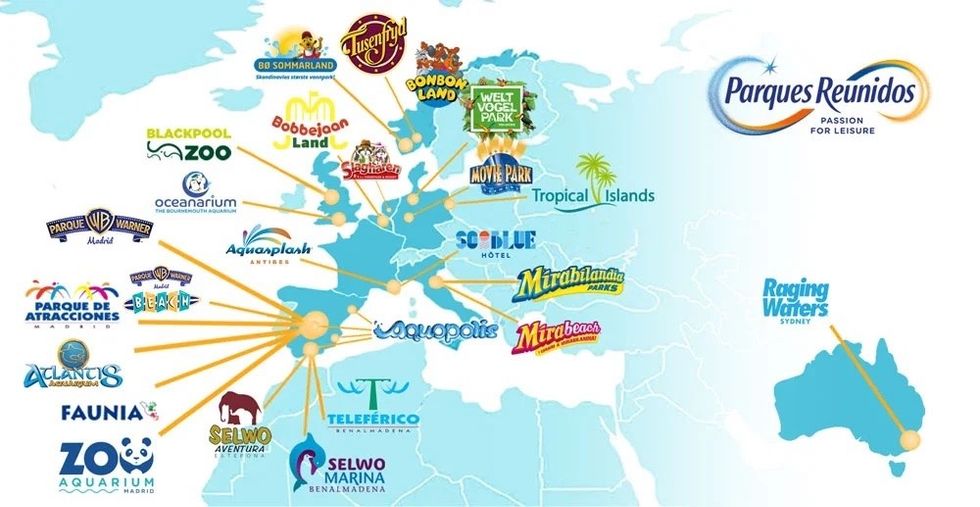
 Nickelodeon Land at Parque de Atracciones de Madrid
Nickelodeon Land at Parque de Atracciones de Madrid Raging Waters
Raging Waters 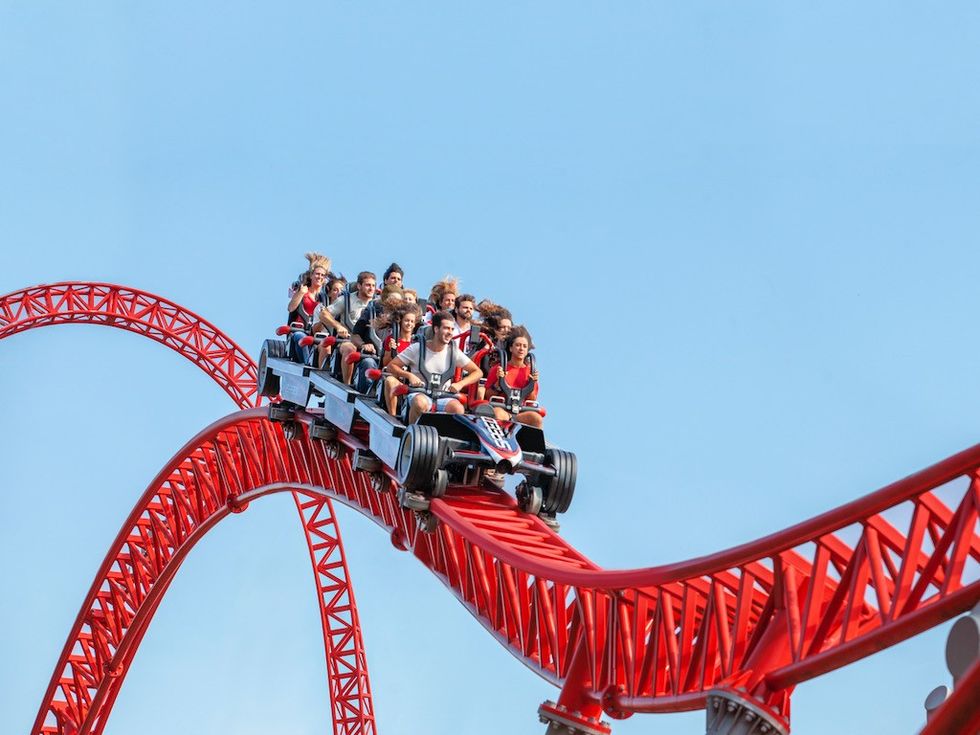 Mirabilandia's iSpeed coaster
Mirabilandia's iSpeed coaster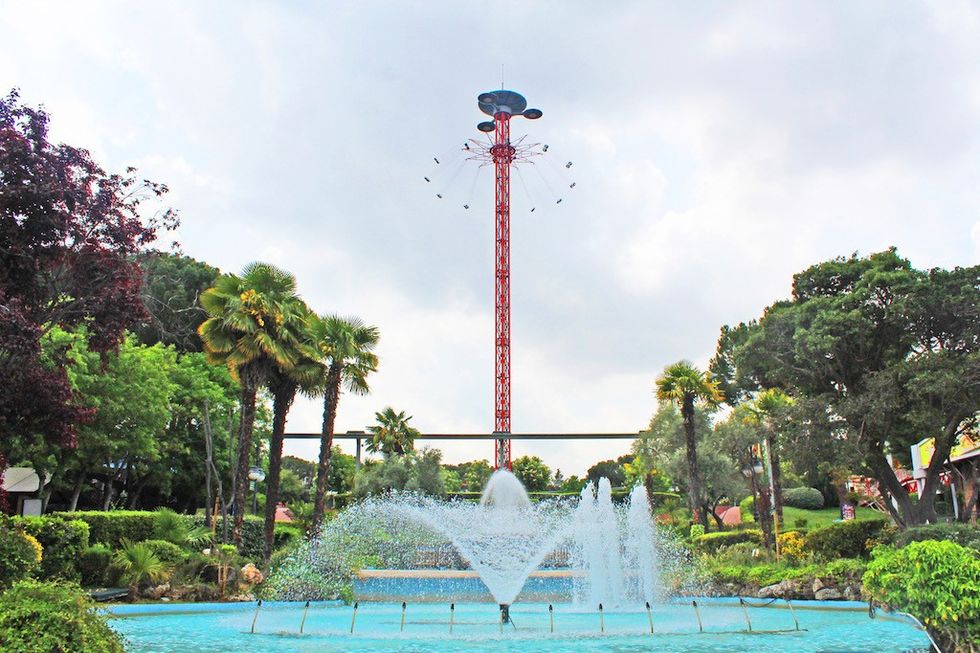 Parque de Atracciones de Madrid
Parque de Atracciones de Madrid Ferracci at the ribbon-cutting ceremony for Nickelodeon Land at Mirabilandia, with (left) Marie Marks, senior VP of global experiences for Paramount and (cutting the ribbon) Sabrina Mangina, GM at Mirabilandia
Ferracci at the ribbon-cutting ceremony for Nickelodeon Land at Mirabilandia, with (left) Marie Marks, senior VP of global experiences for Paramount and (cutting the ribbon) Sabrina Mangina, GM at Mirabilandia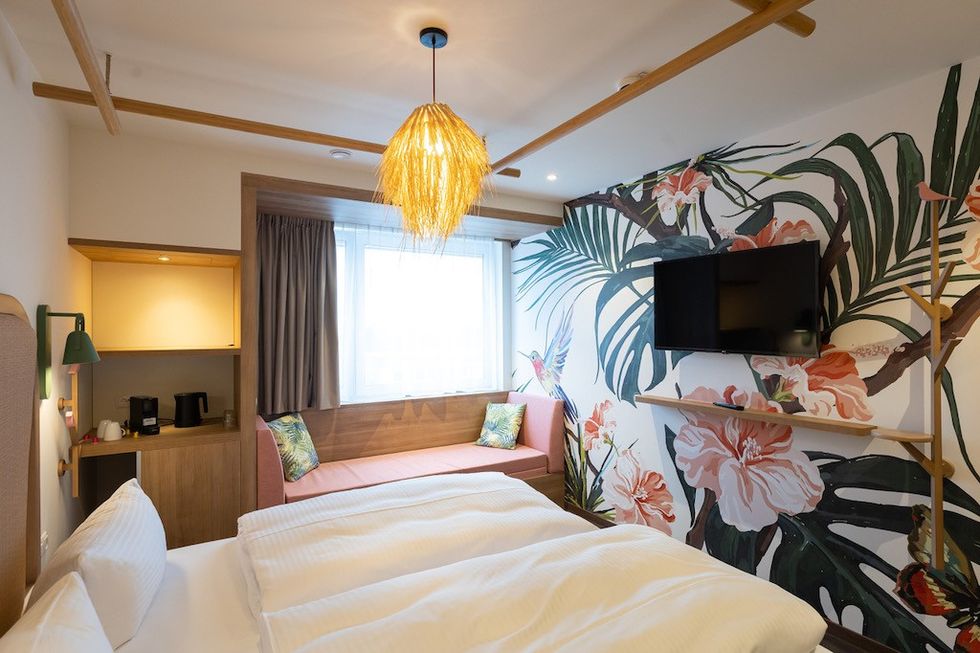 Tropical Islands OHANA hotel
Tropical Islands OHANA hotel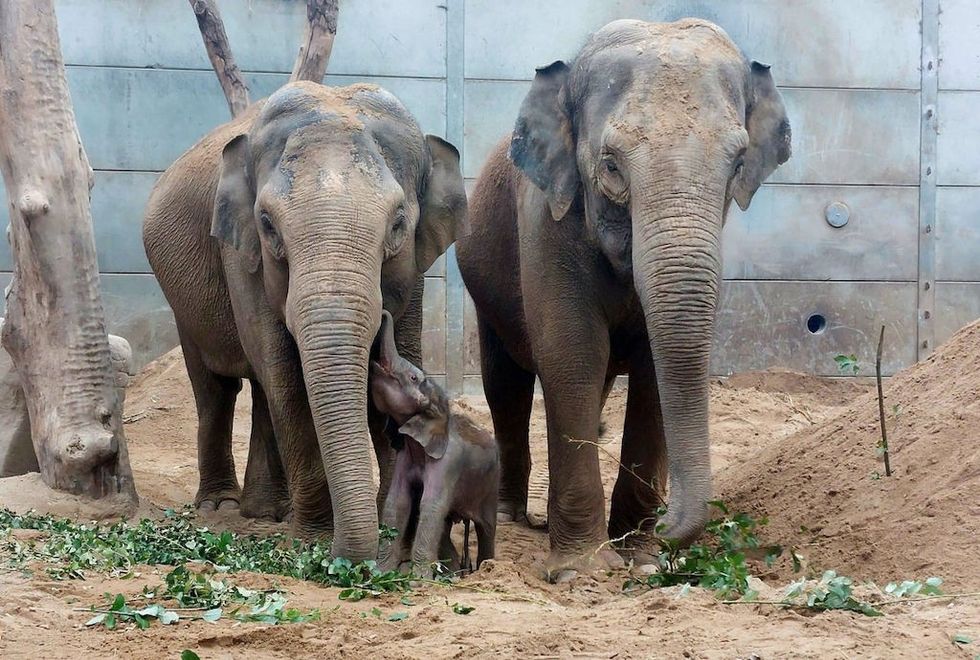 Elephants at Blackpool Zoo
Elephants at Blackpool Zoo 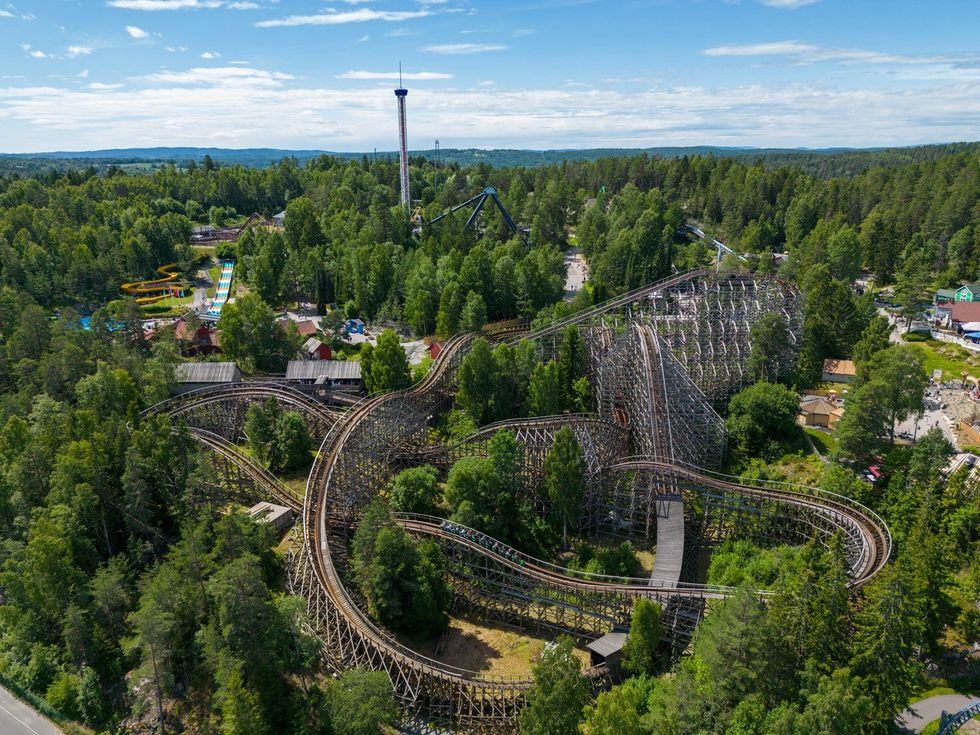 Tusenfryd
Tusenfryd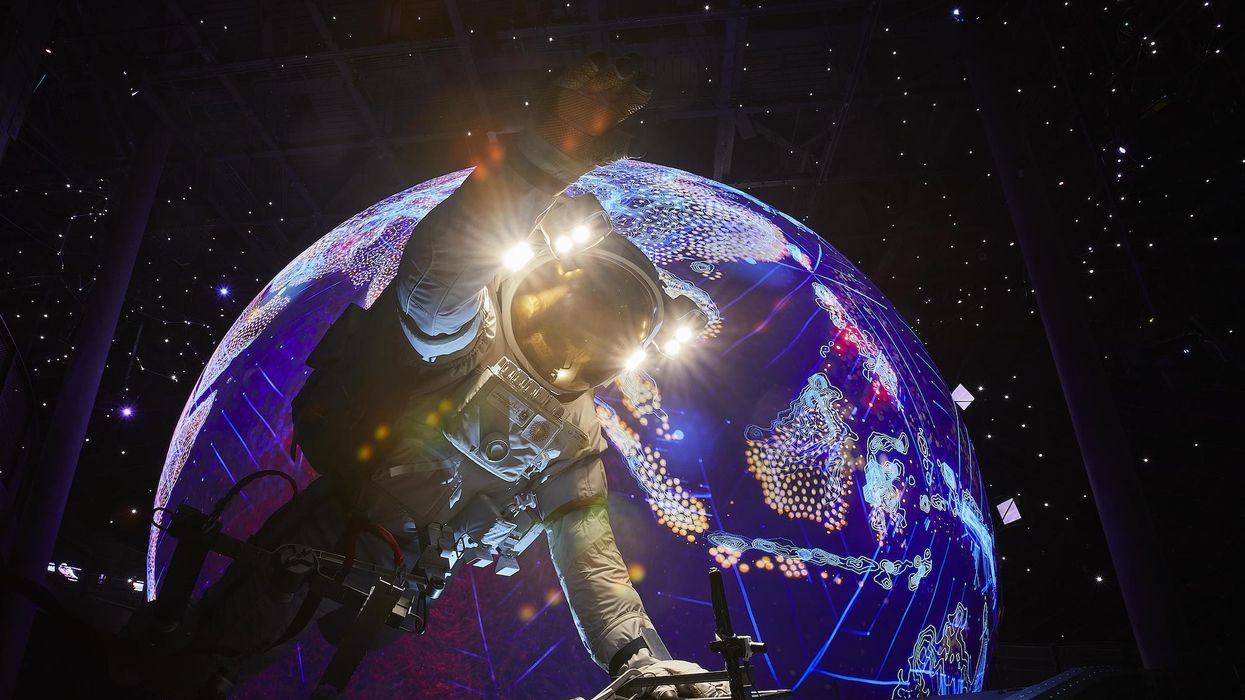
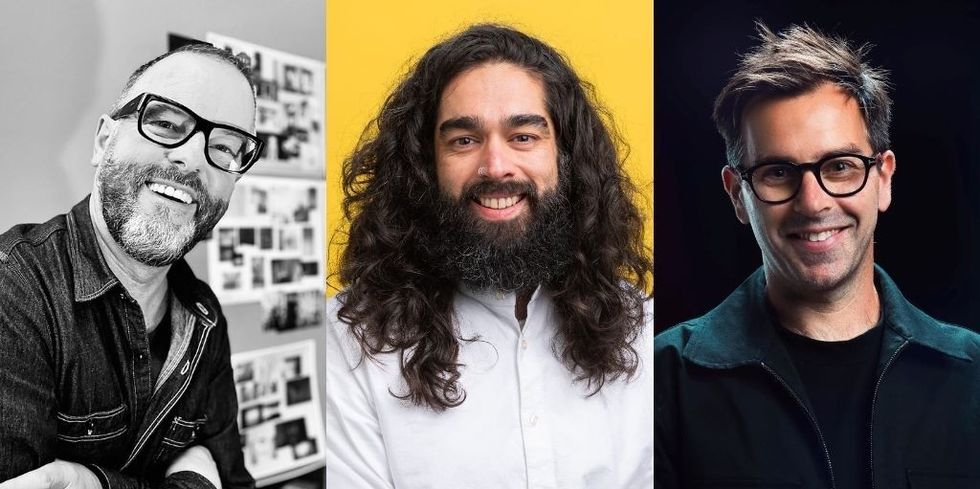 Andrew Thomas, Jason Aldous and Rik Athorne
Andrew Thomas, Jason Aldous and Rik Athorne
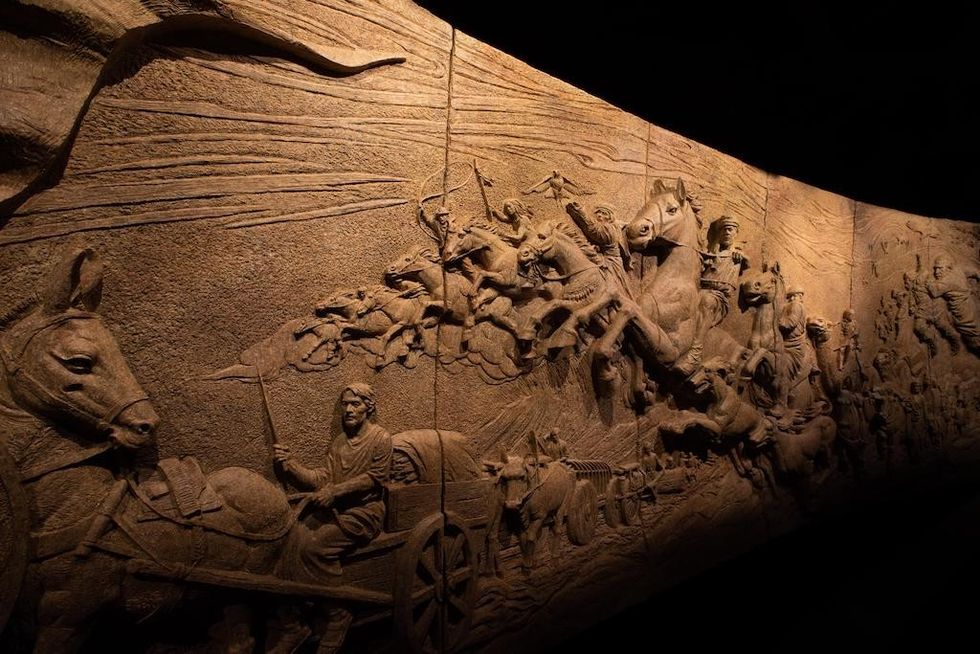
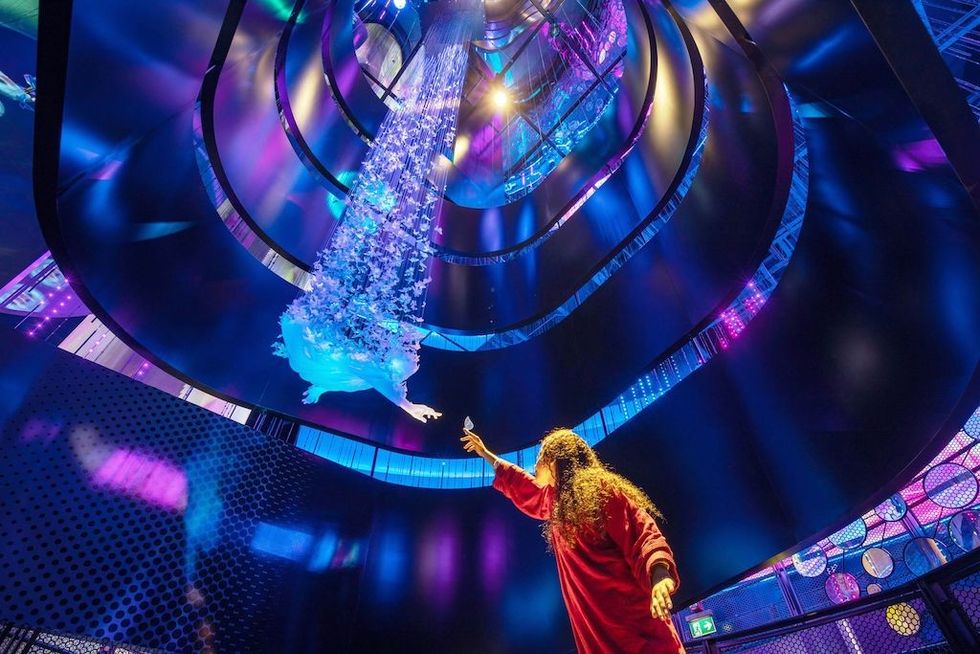

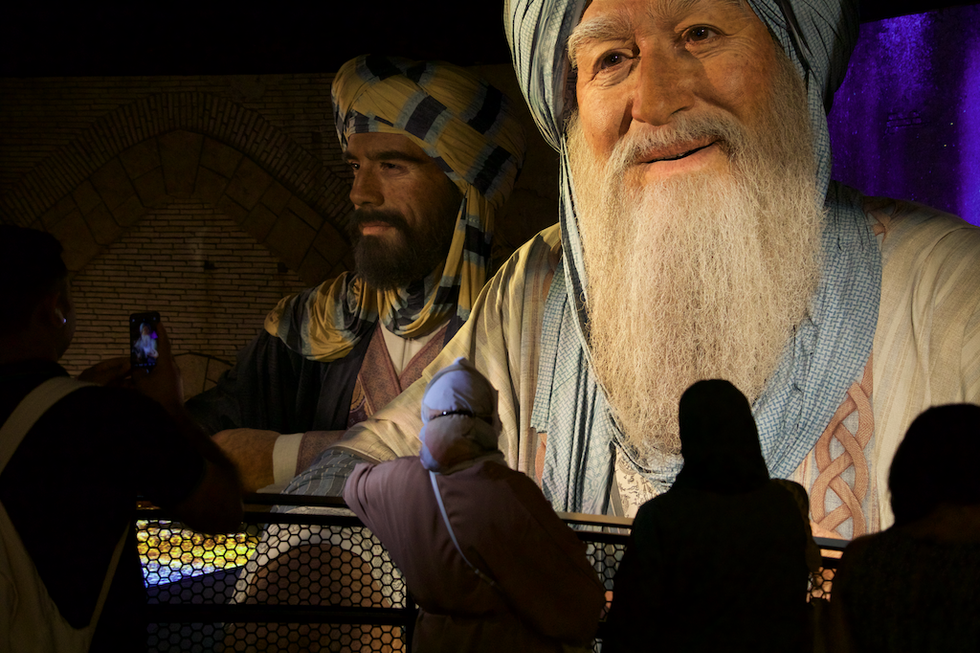


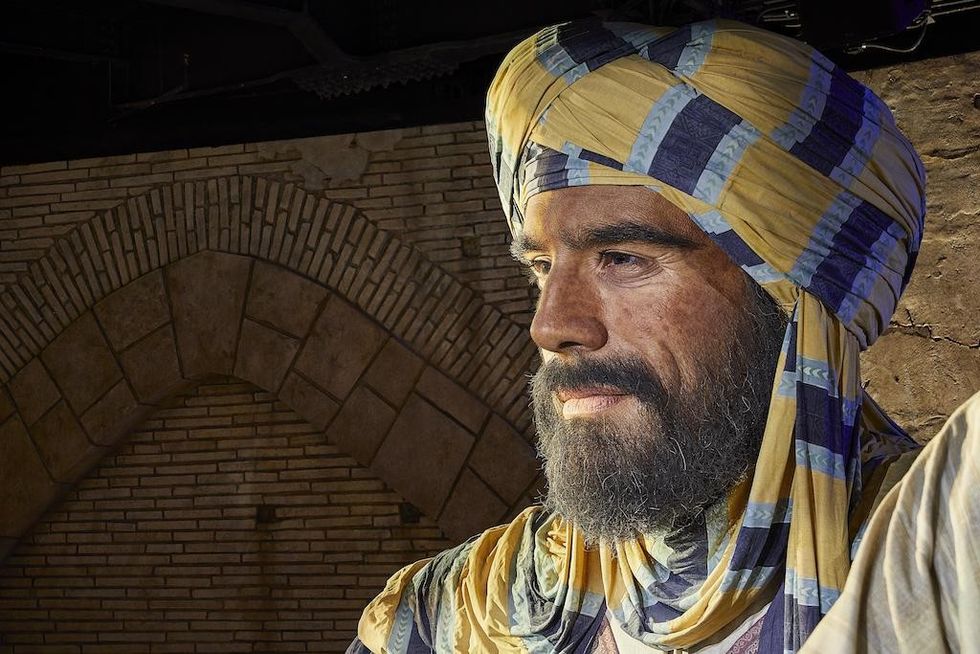

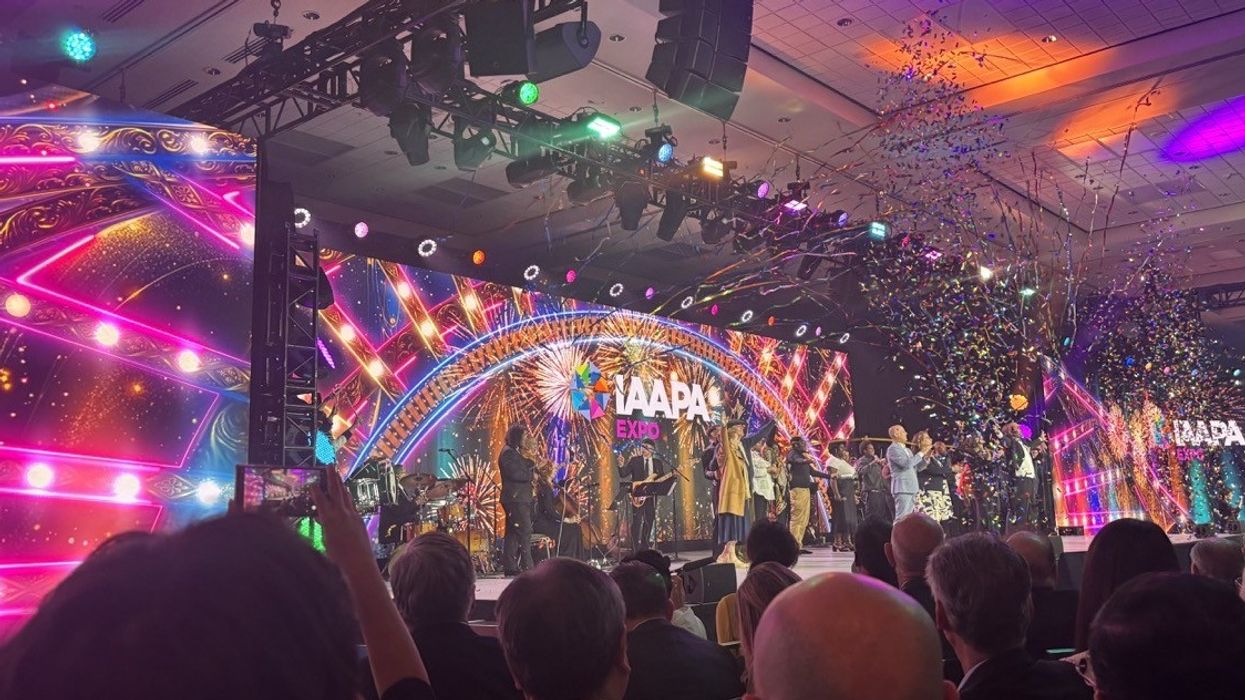
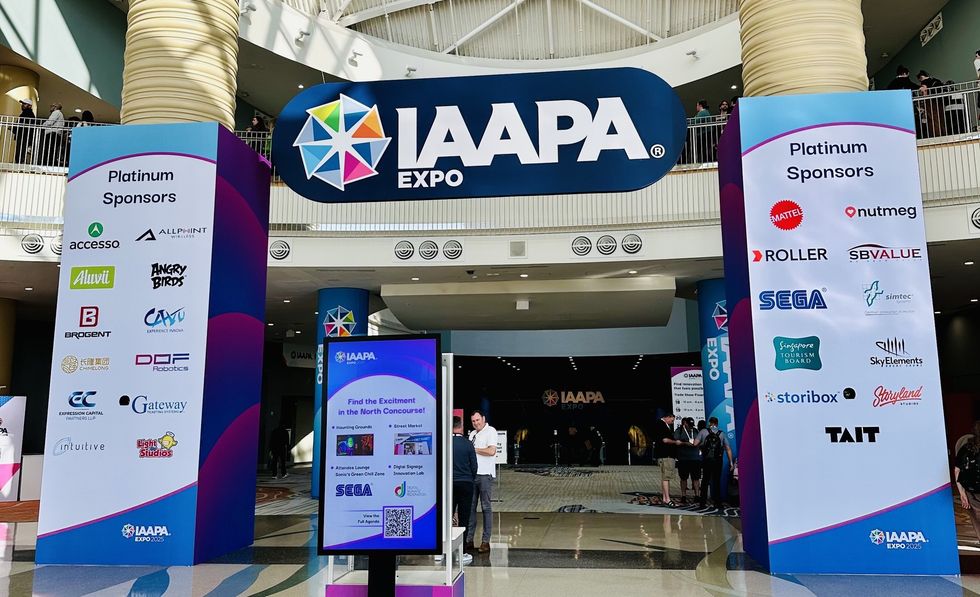
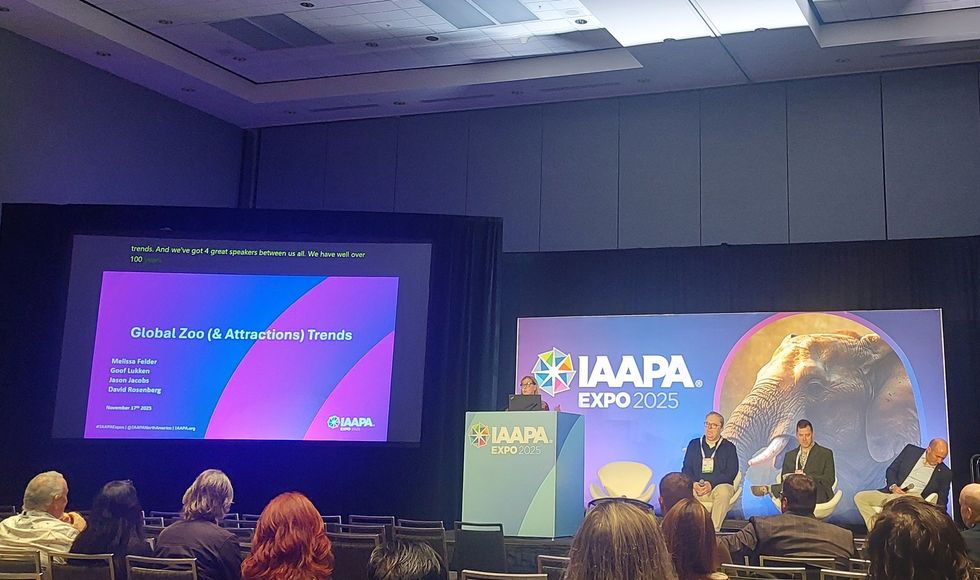
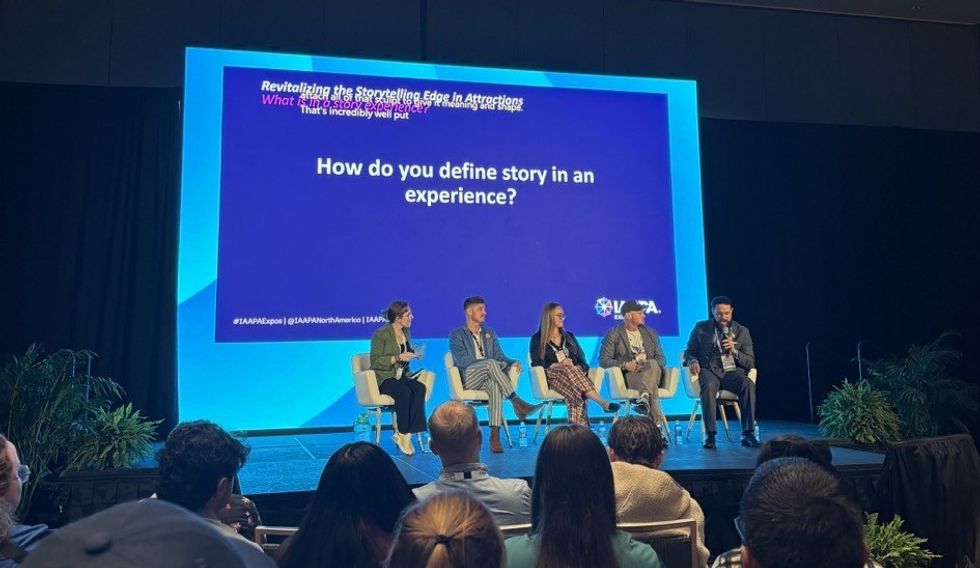
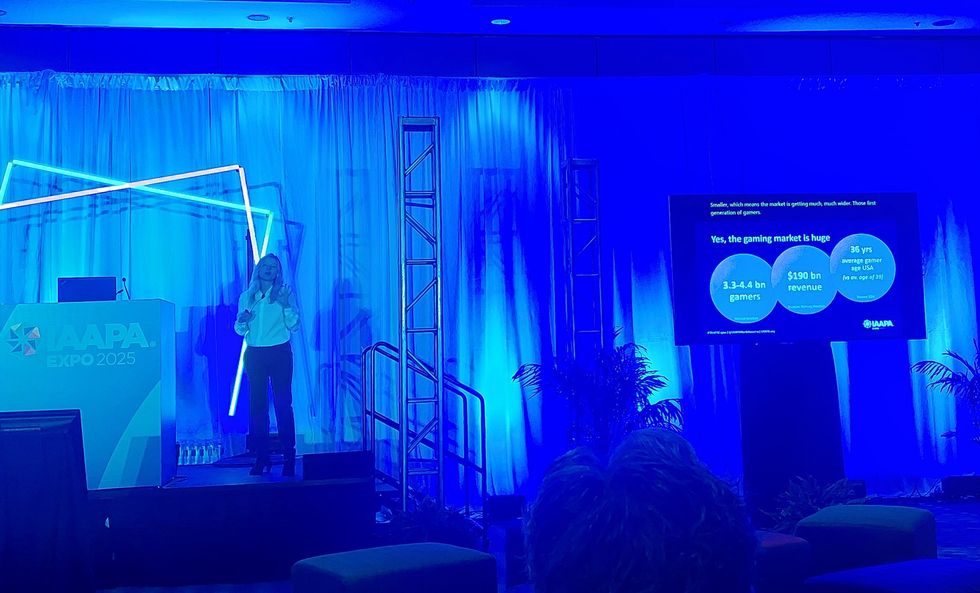
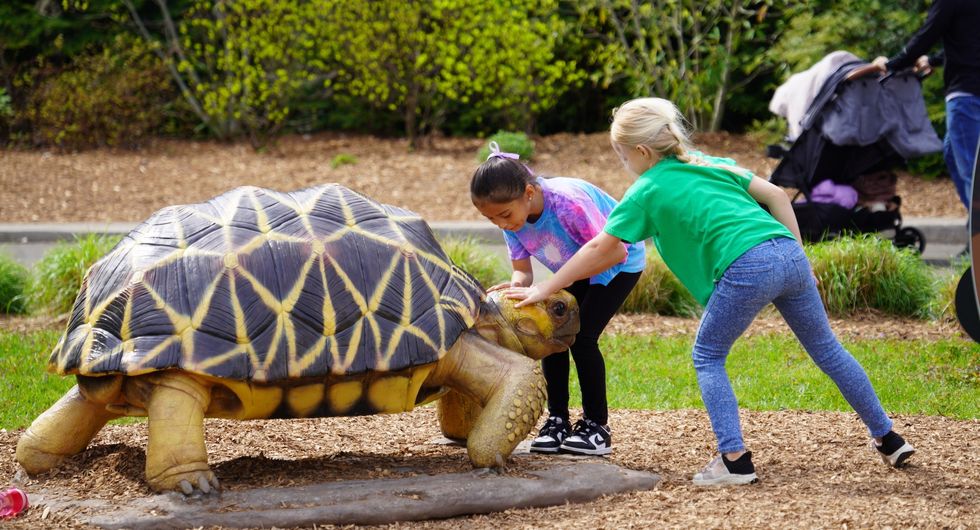 Detroit Zoo
Detroit Zoo 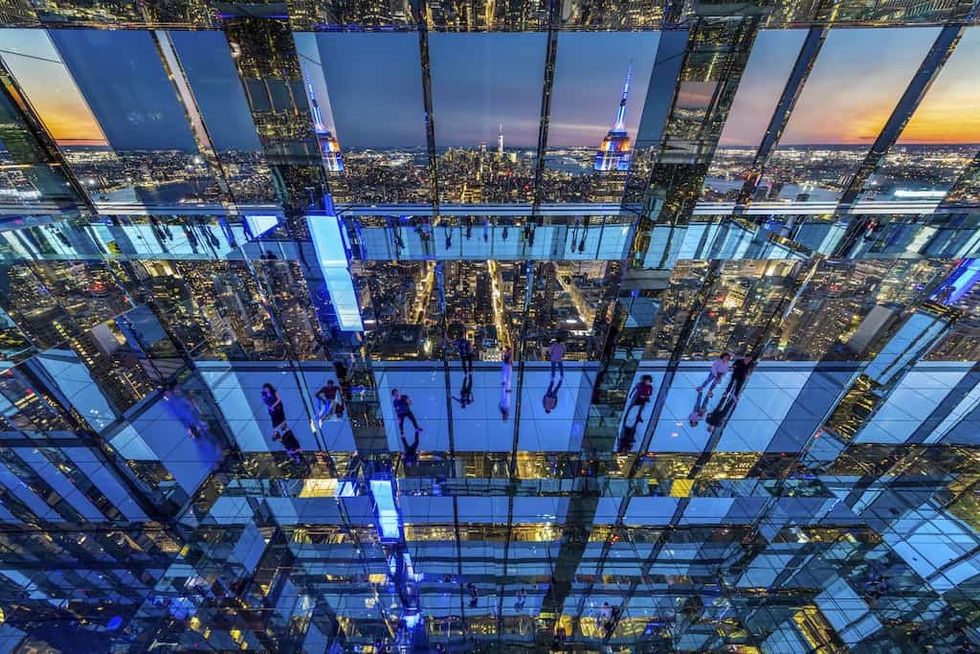 SUMMIT One Vanderbilt
SUMMIT One Vanderbilt  AURA at Grace Cathedral
AURA at Grace Cathedral 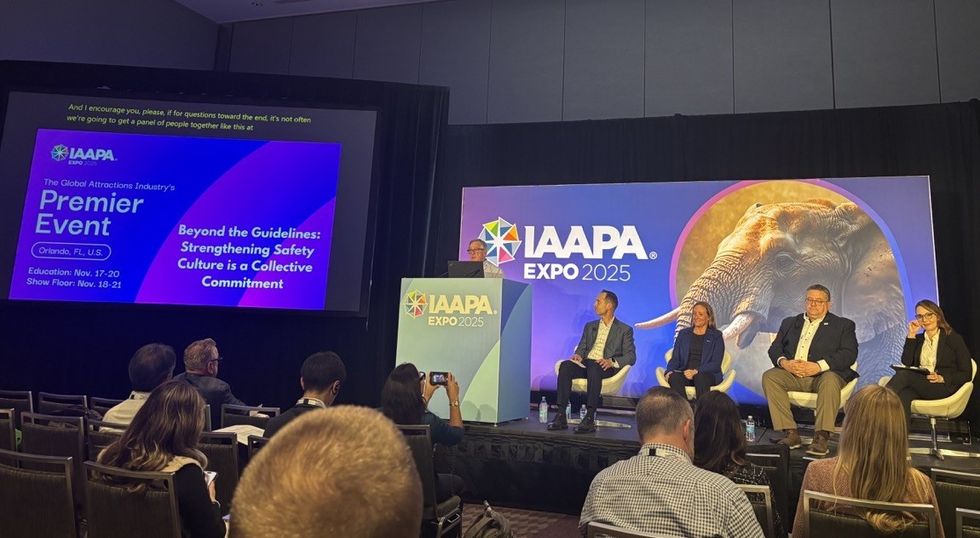
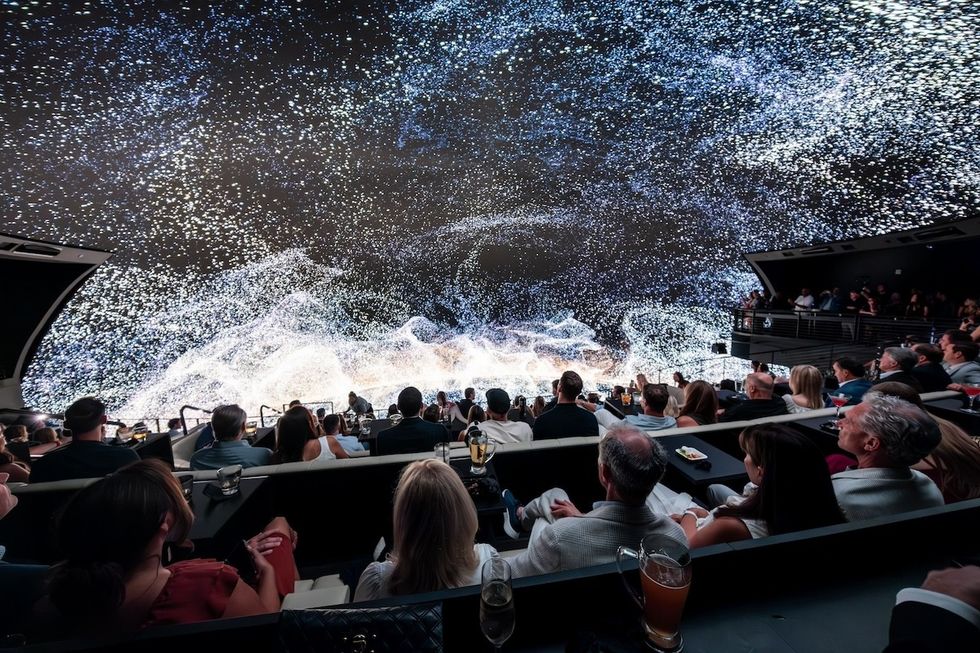 Cosm, LA
Cosm, LA 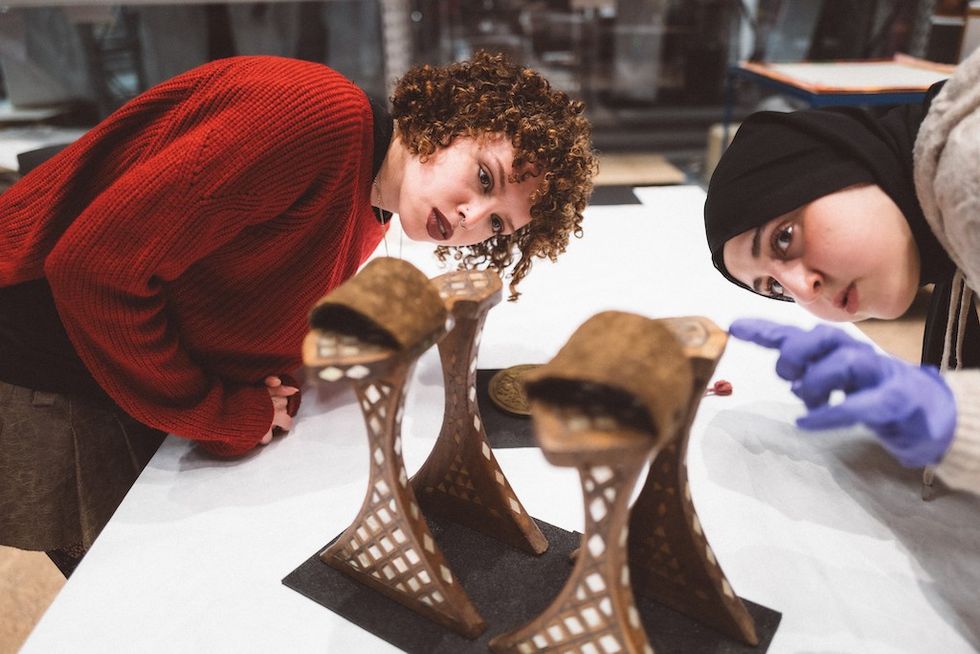 Order an Object appointment at V&A East Storehouse. Image by Bet Bettencourt for V&A, Object pictured - A pair of qabqab, made 1800-1880, Egypt
Order an Object appointment at V&A East Storehouse. Image by Bet Bettencourt for V&A, Object pictured - A pair of qabqab, made 1800-1880, Egypt 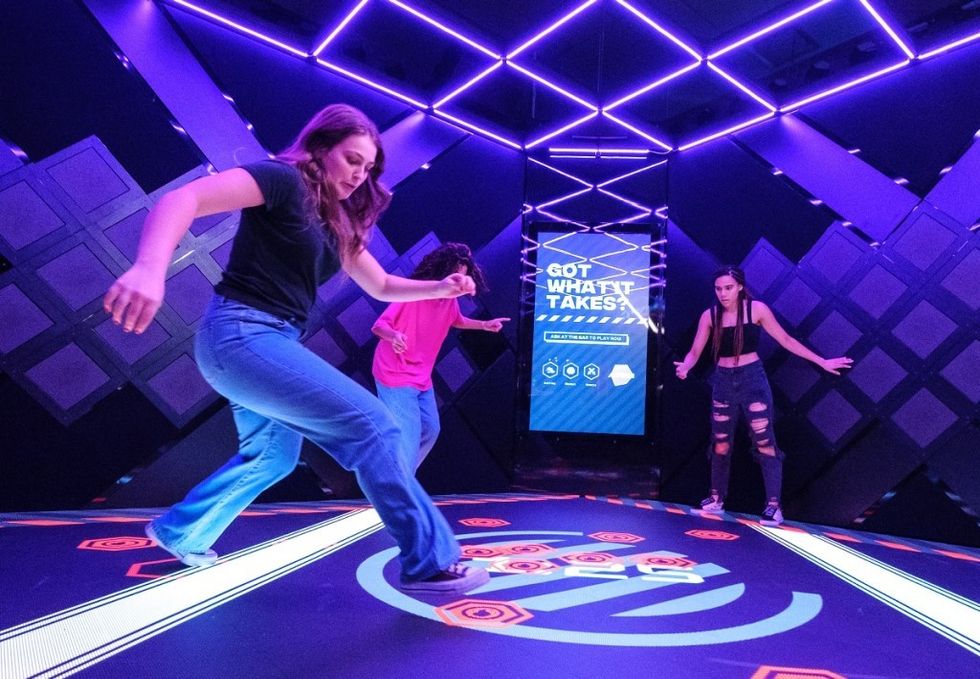 CONDUCTR - The Arena from Game Volt
CONDUCTR - The Arena from Game Volt 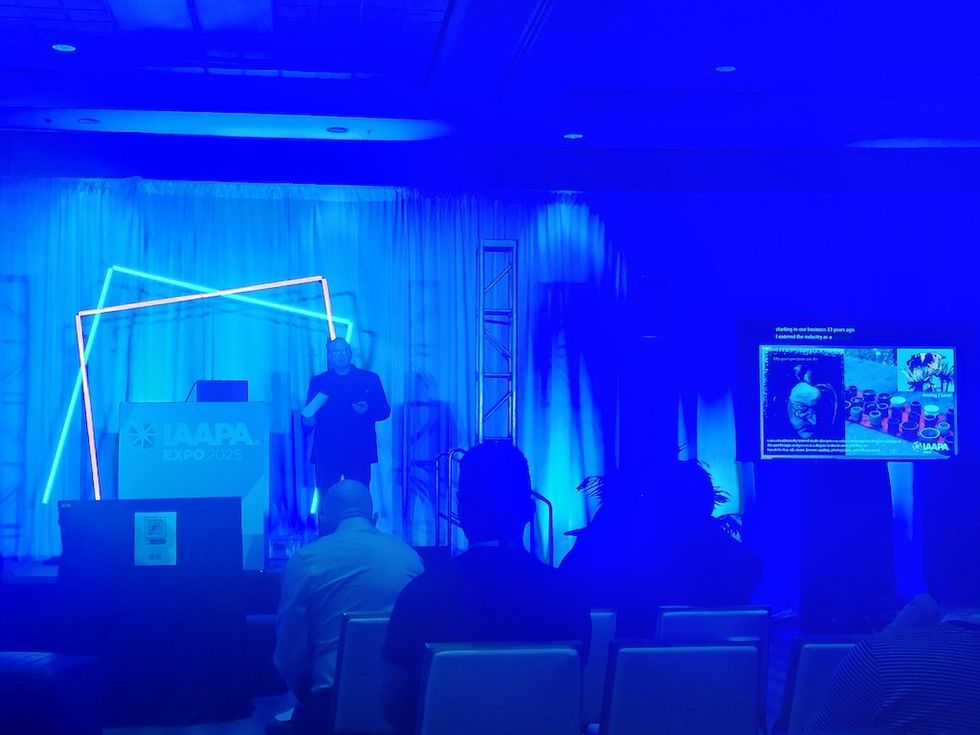
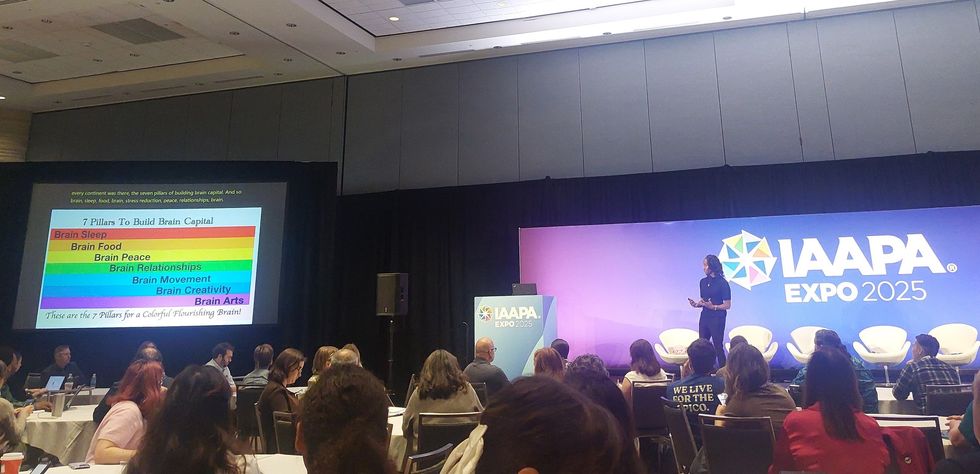
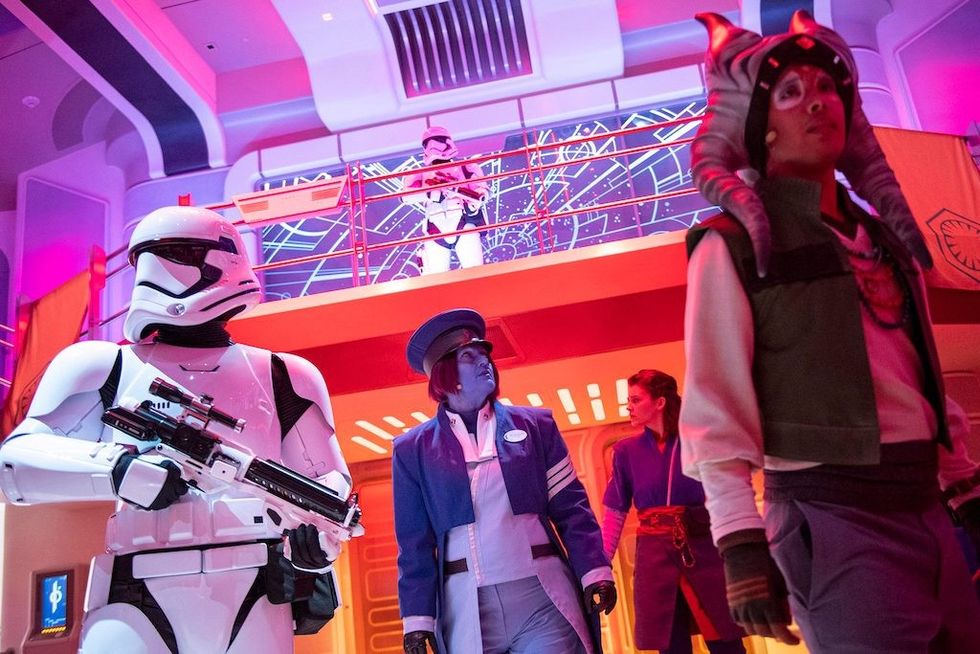 Star Wars: Galactic Starcruiser
Star Wars: Galactic Starcruiser 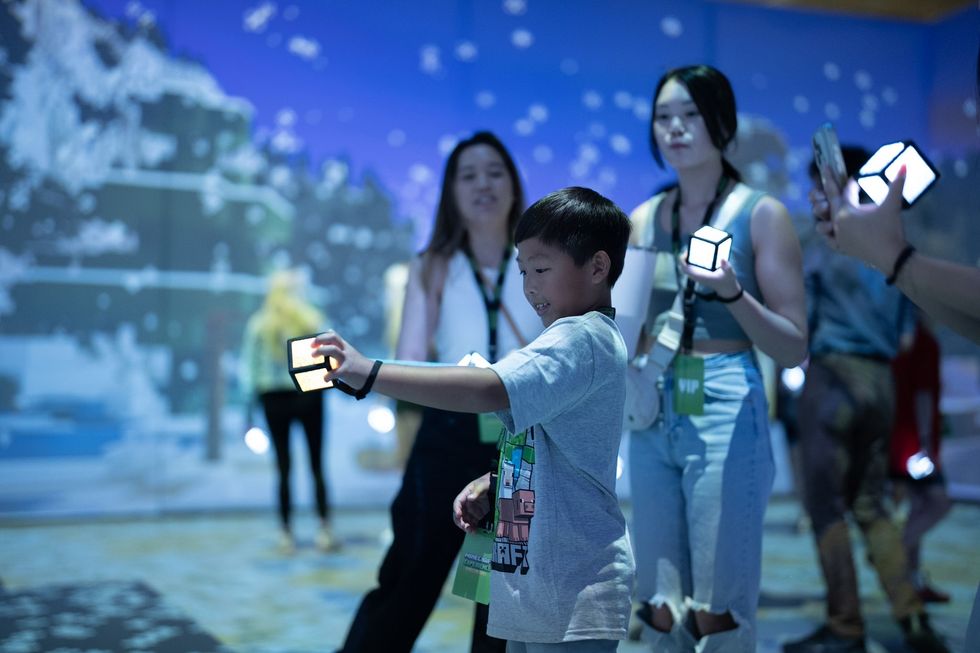 Minecraft interactive experience
Minecraft interactive experience 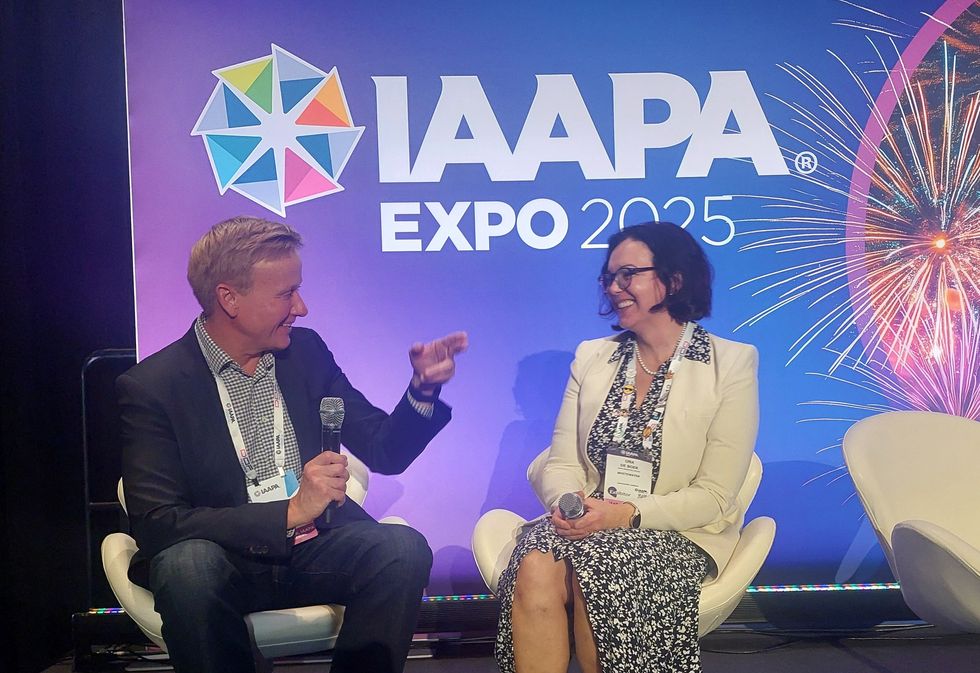
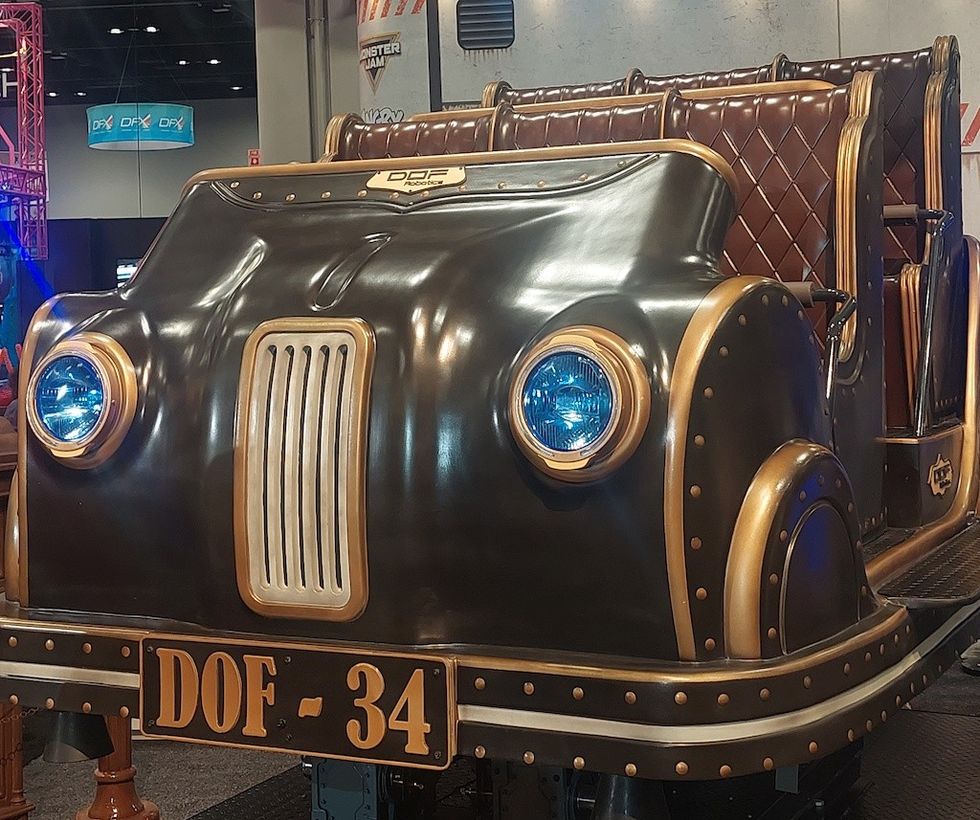
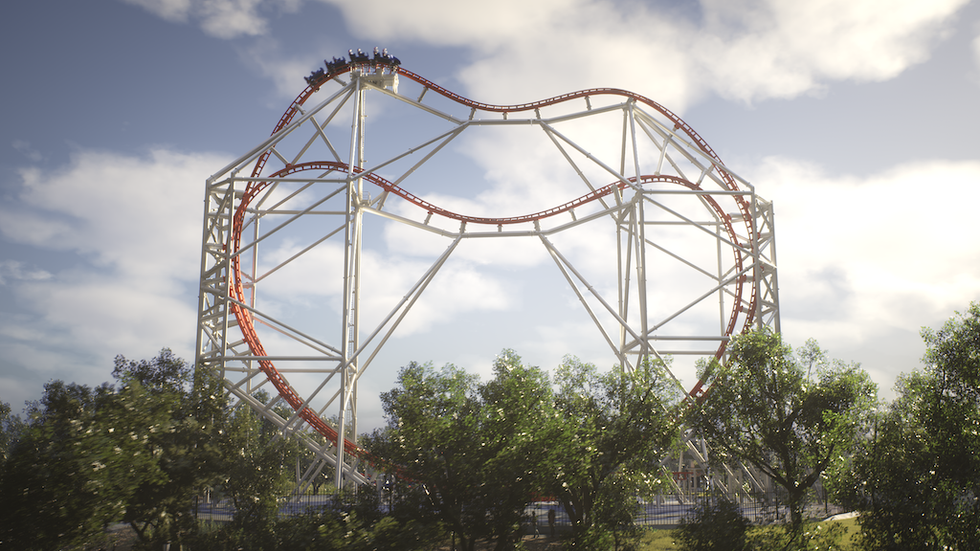
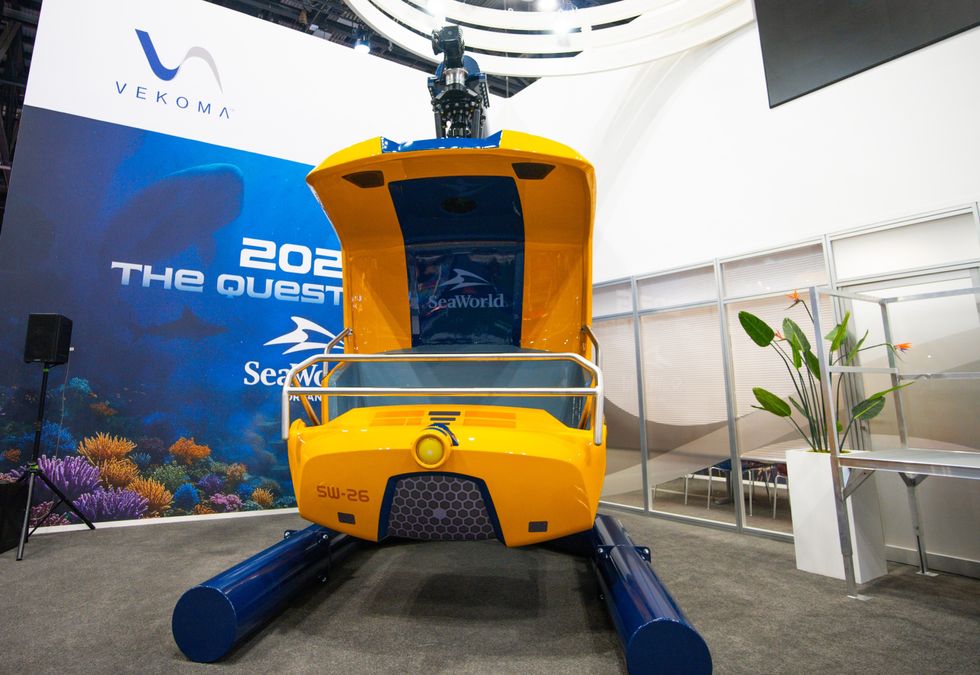
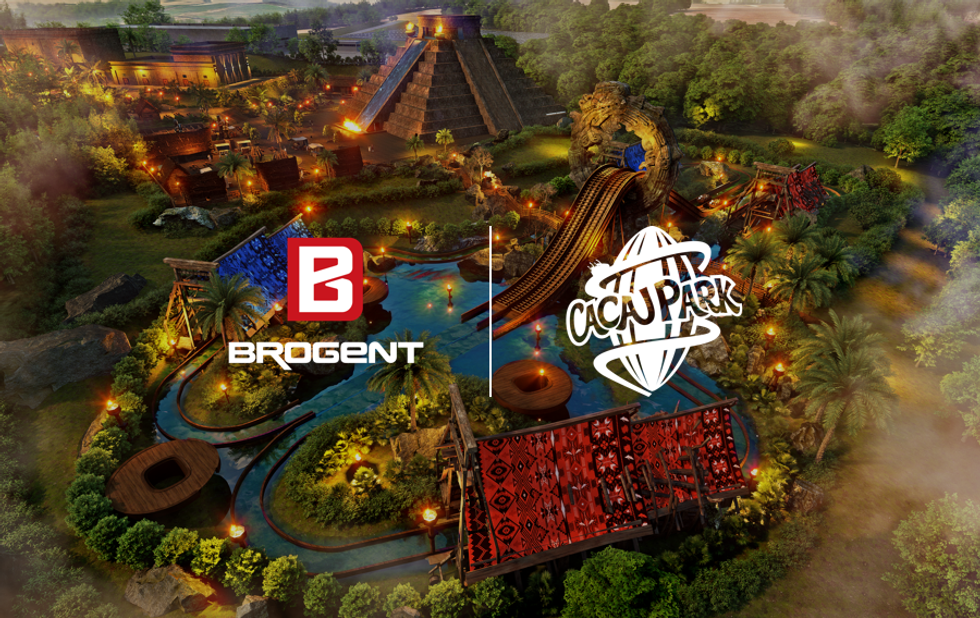
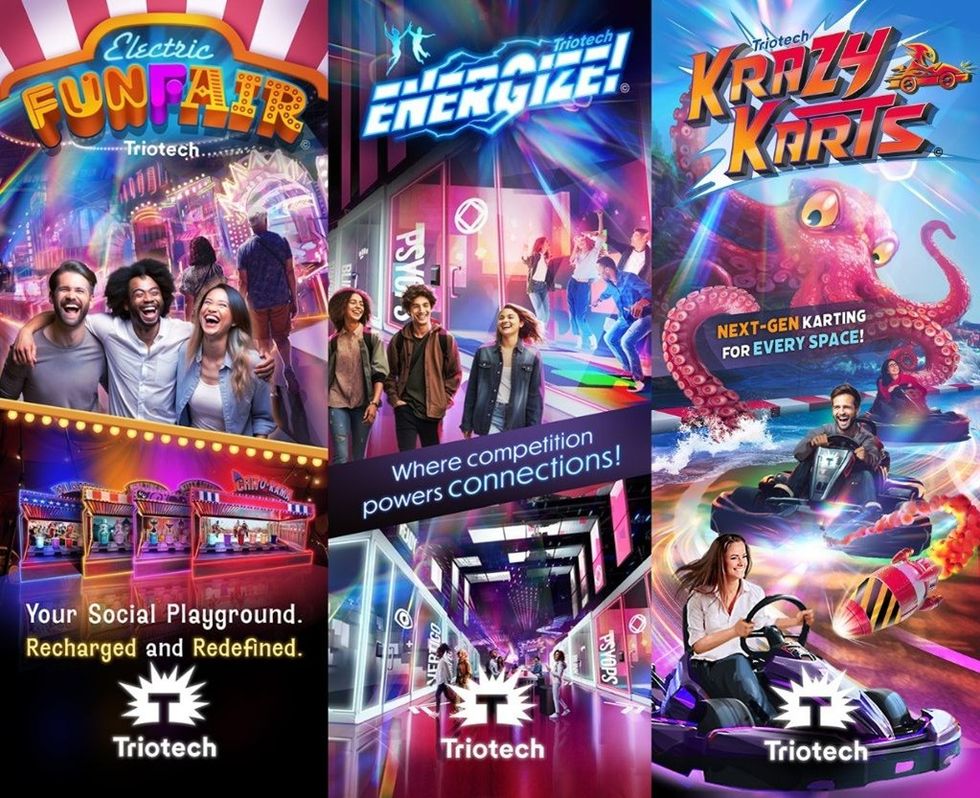
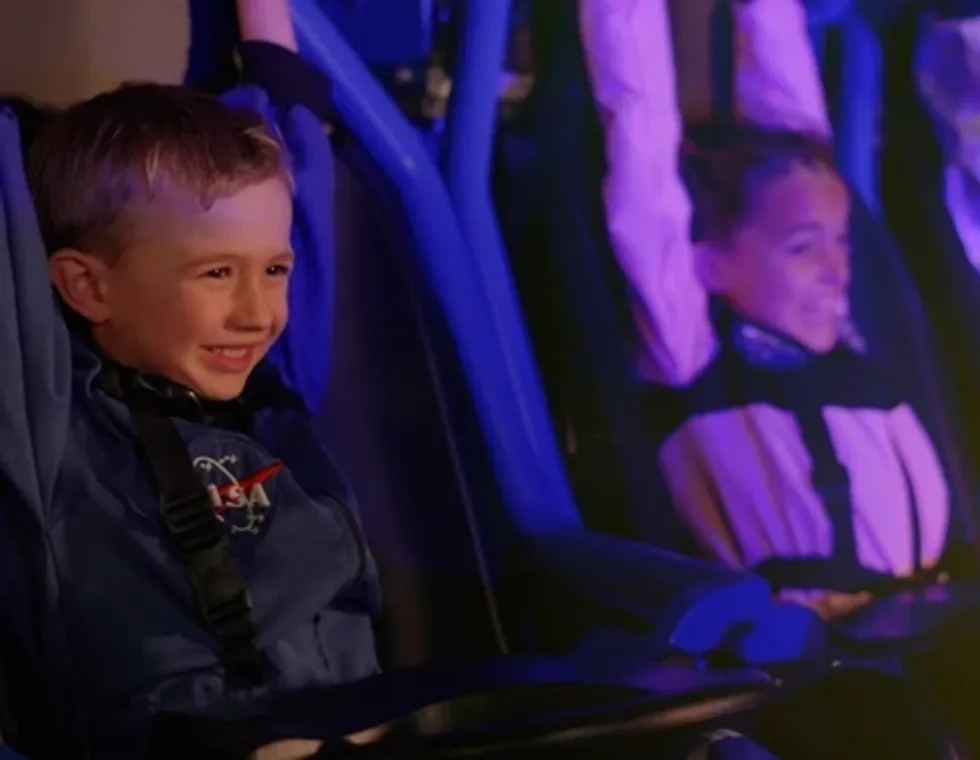
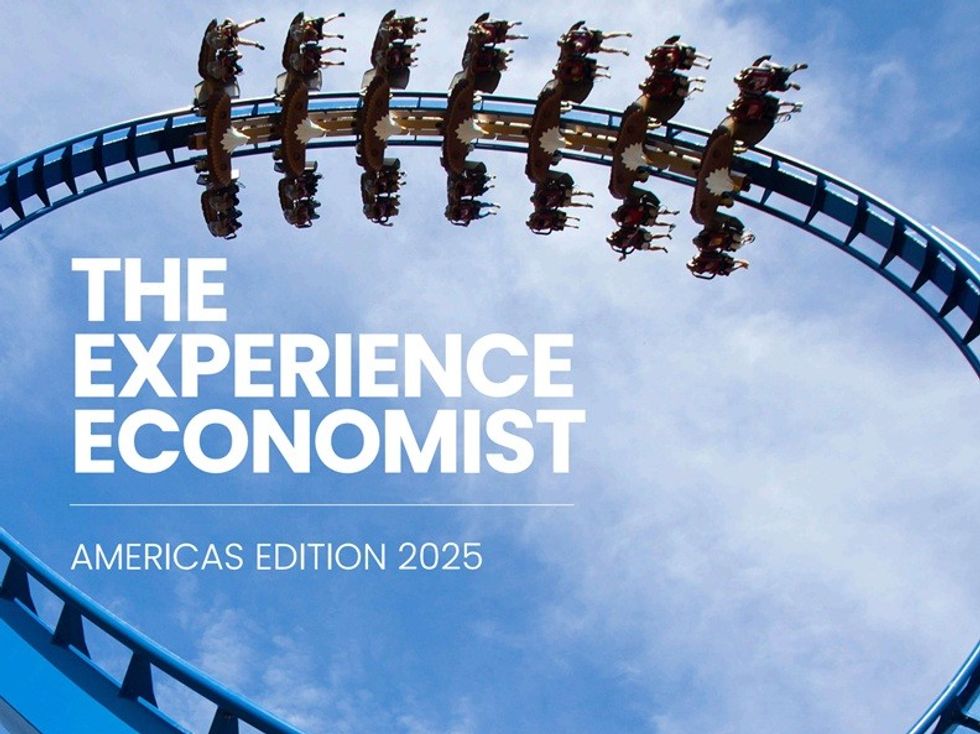
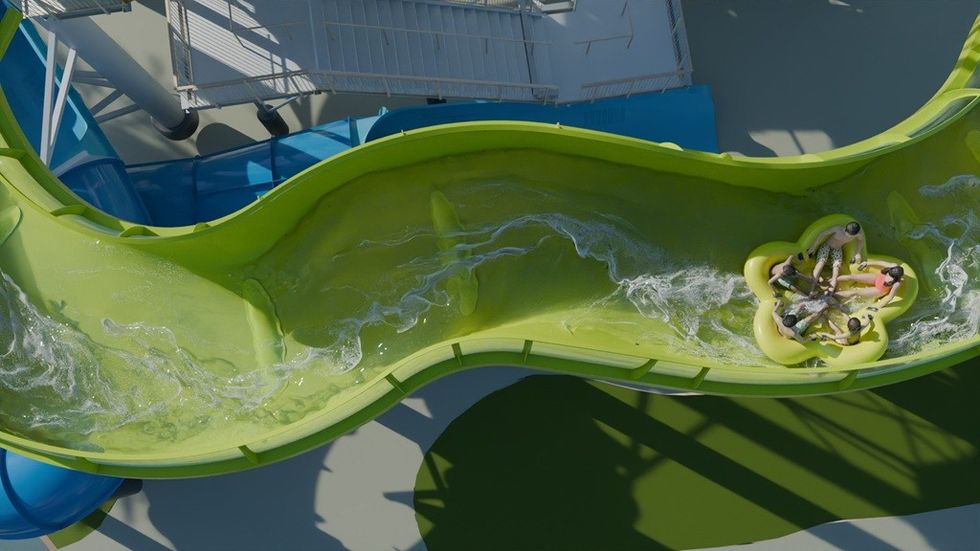
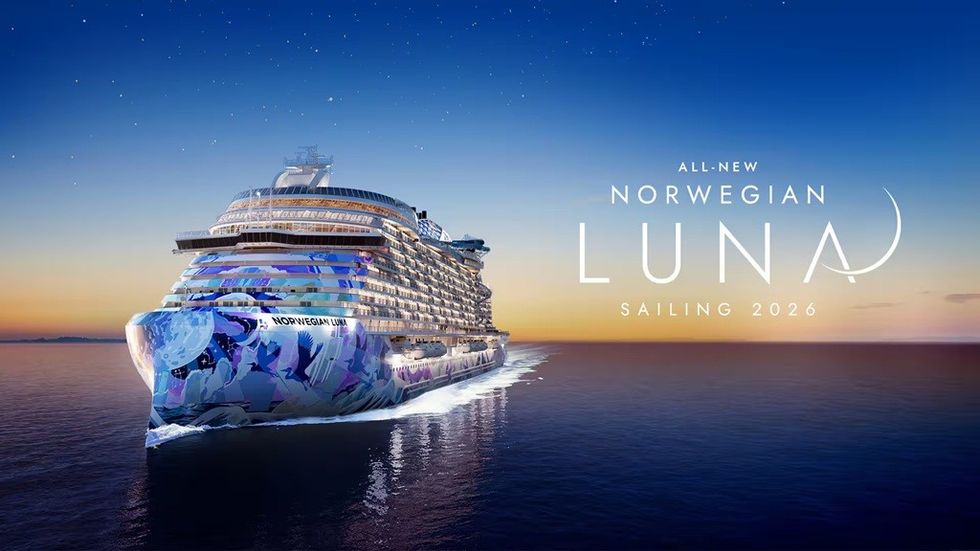

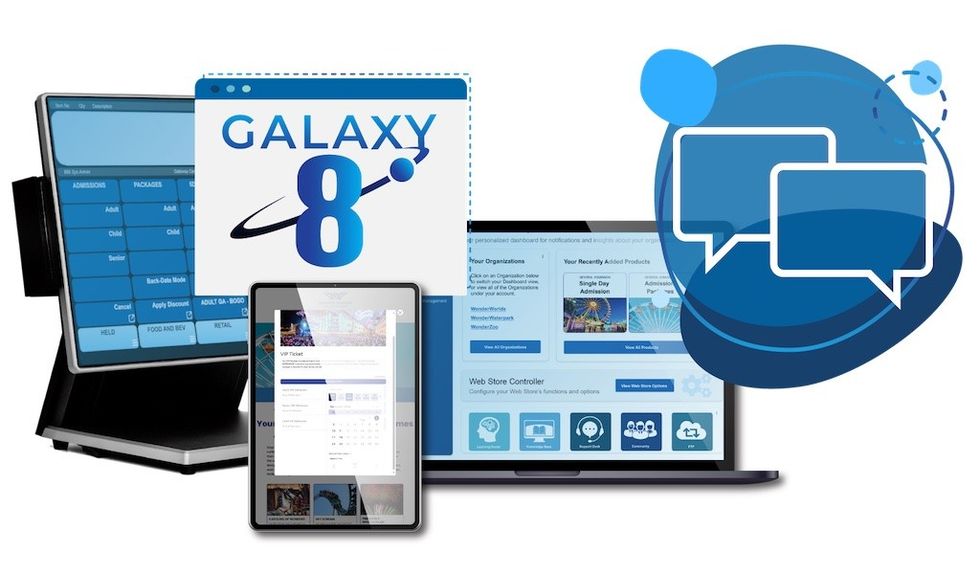
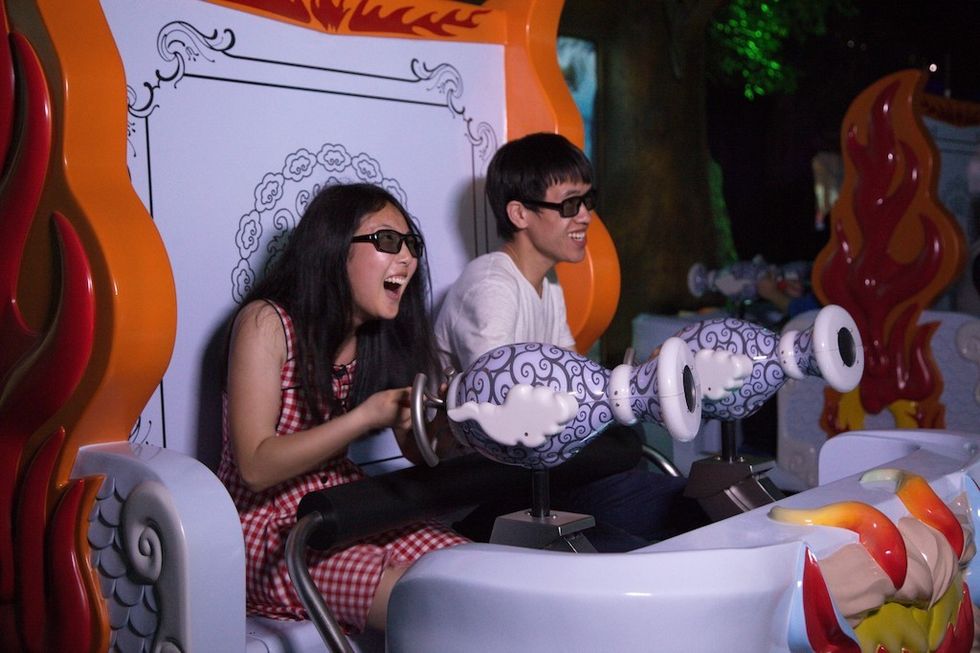
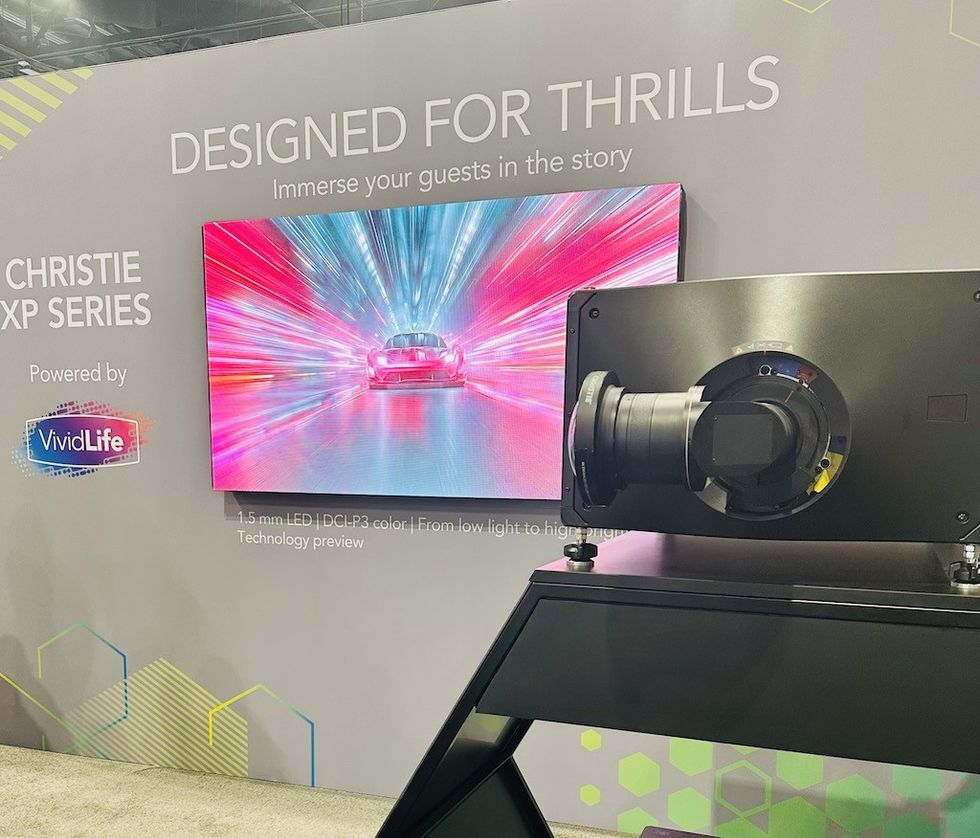
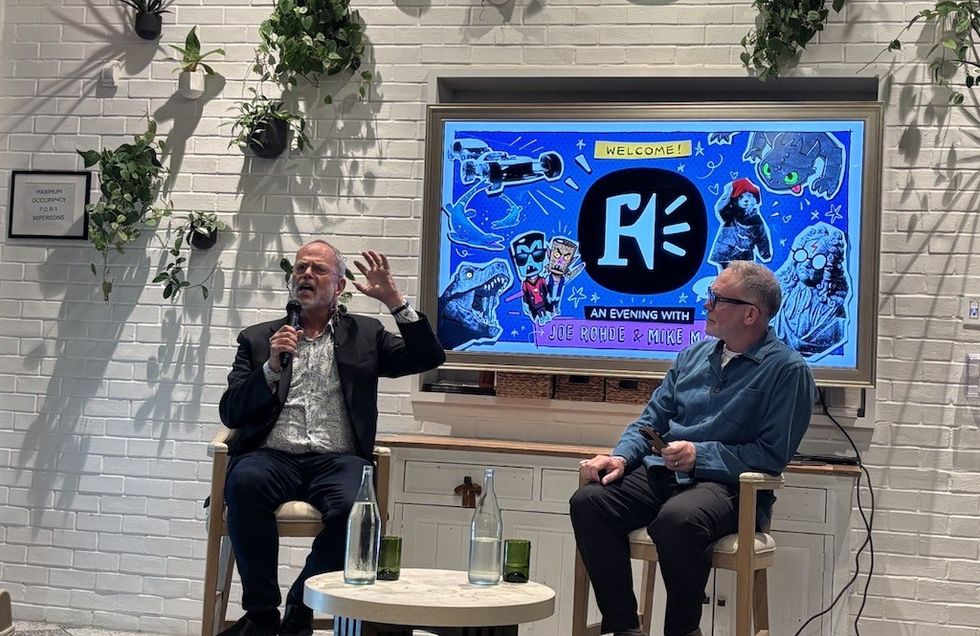
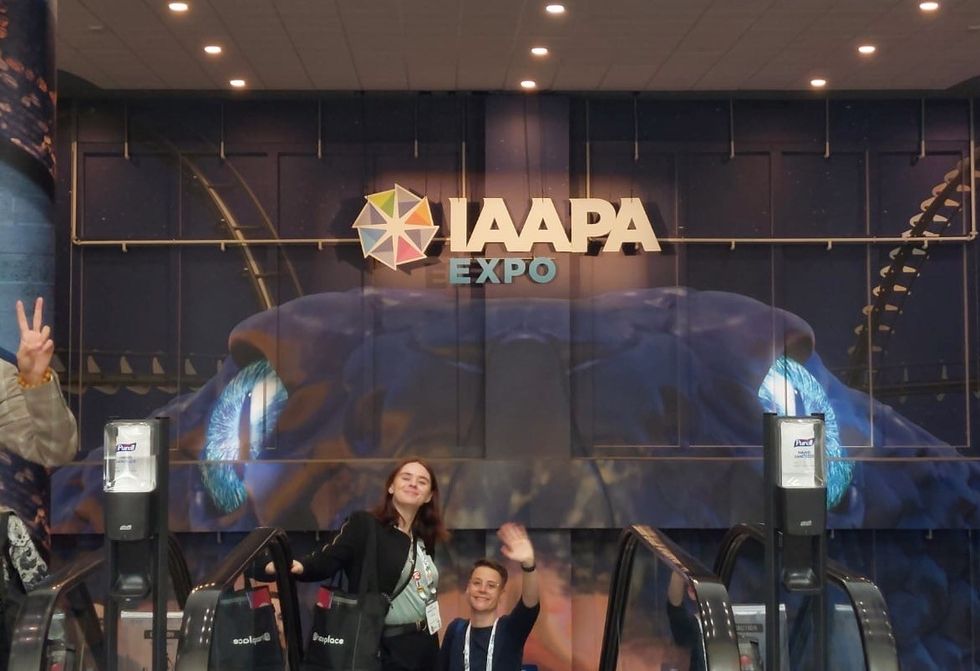 See you next year!
See you next year!